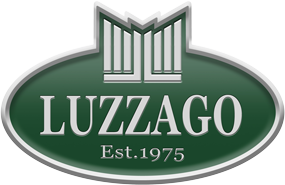Alfa Romeo 6C 2500 Super Sport - 1939
.jpg)
Description
Alfa Romeo 6C 2500 Super Sport 256. Chassis number 915.016. Probably one of the few remaining examples of the 256 type; purchased on 6 December 1939 by the Count della Gherardesca Giuseppe fu Alberto Fiesole. Politician and senator of the Kingdom of Italy. It still has the original period plate FI (Florence) 27074. Sold on 22 December 1943 to Luigi Villoresi.
Who is Luigi Villoresi?
Luigi Villoresi, nicknamed Gigi was an Italian racing driver. Winner of the Targa Florio in 1939 and 1940 with Maserati. Winner of the Mille Miglia in 1951 with Ferrari.
Villoresi decided to make some modifications to the car by entrusting it to Officine Patriarca in Rome.
As evidenced by the 1990 documents (letter signed by Villoresi and addressed to his friend and subsequent owner of the car) Villoresi writes: "in this regard I would like to advise you to maintain the originality that I wanted to give it with the master Patriarca. The car was born in Touring and called Ala Spessa, but after the discovery I wanted to make some personal elegant modifications".
Who is "Officine Patriarca"?
In the world of motor racing, the name of Patriarca di Roma remains one of the milestones of recent history.
Intuition, technical knowledge, the desire to make young people race led Rodolfo, in 1959, to create the first preparatory single-brand single-seater in history: the baby Patriarca, or baby Junior, created on the mechanics of the legendary Fiat 500. An original way , and ahead of its time, to let the young drivers of the time race in an economical but also educational way.
Since then, many racing cars prepared in the workshop in via Avezzano have passed by. Just as numerous sporting results have been achieved.
Indeed, in the 70s and 80s, having a BMW or a Porsche with an engine developed by Patriarca in the capital was a sign of distinction.
The car took part in two editions of the Mille Miglia. In 2017 and 2018 respectively. It presents the following documentation:
- FICHE certificate. Historic car regularity for production cars.
- ACI/CSAI certificate. Historic Technical Passport.
- Italian Fiat Register certificate. Certificate of Historical and Collectible Relevance specific for motor vehicles and derivatives.
- Copy of booklets and originals from 1939 and 1943.
The car underwent a conservative restoration in 2011. Cleaning and repainting of the bodywork. Carburetor and gearbox overhaul. There are several invoices regarding this. New Borrani spoked rims. The same ones mounted in 1939.
The Alfa has a no matching number engine: S926397. With 3 Weber carburettors.
Gallery
Technical data
Optional
Terms of sale
Automotive practices
You may also be interested
Find your dream car
 Versione italiana
Versione italiana Deutsche Fassung
Deutsche Fassung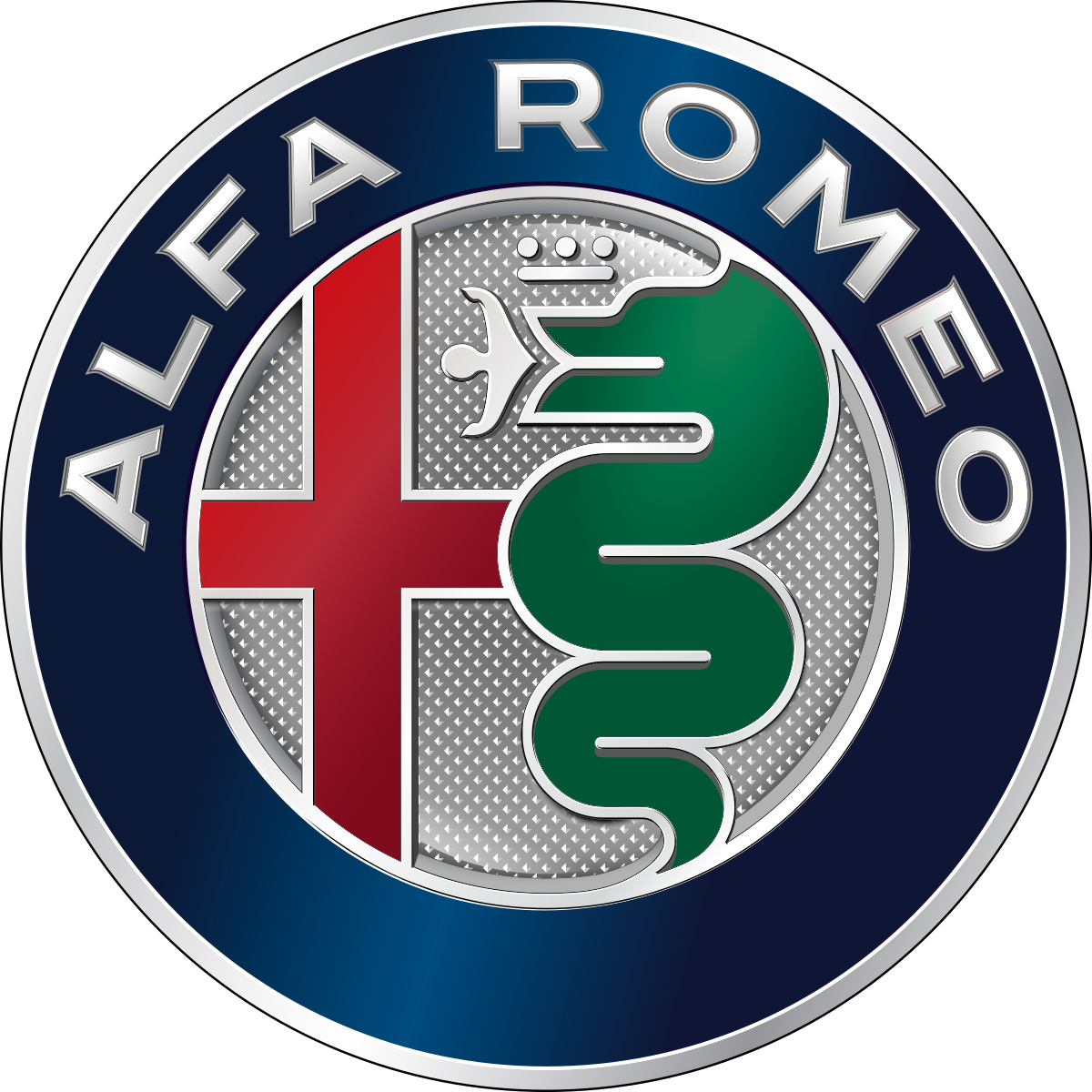 Alfa Romeo
Alfa Romeo 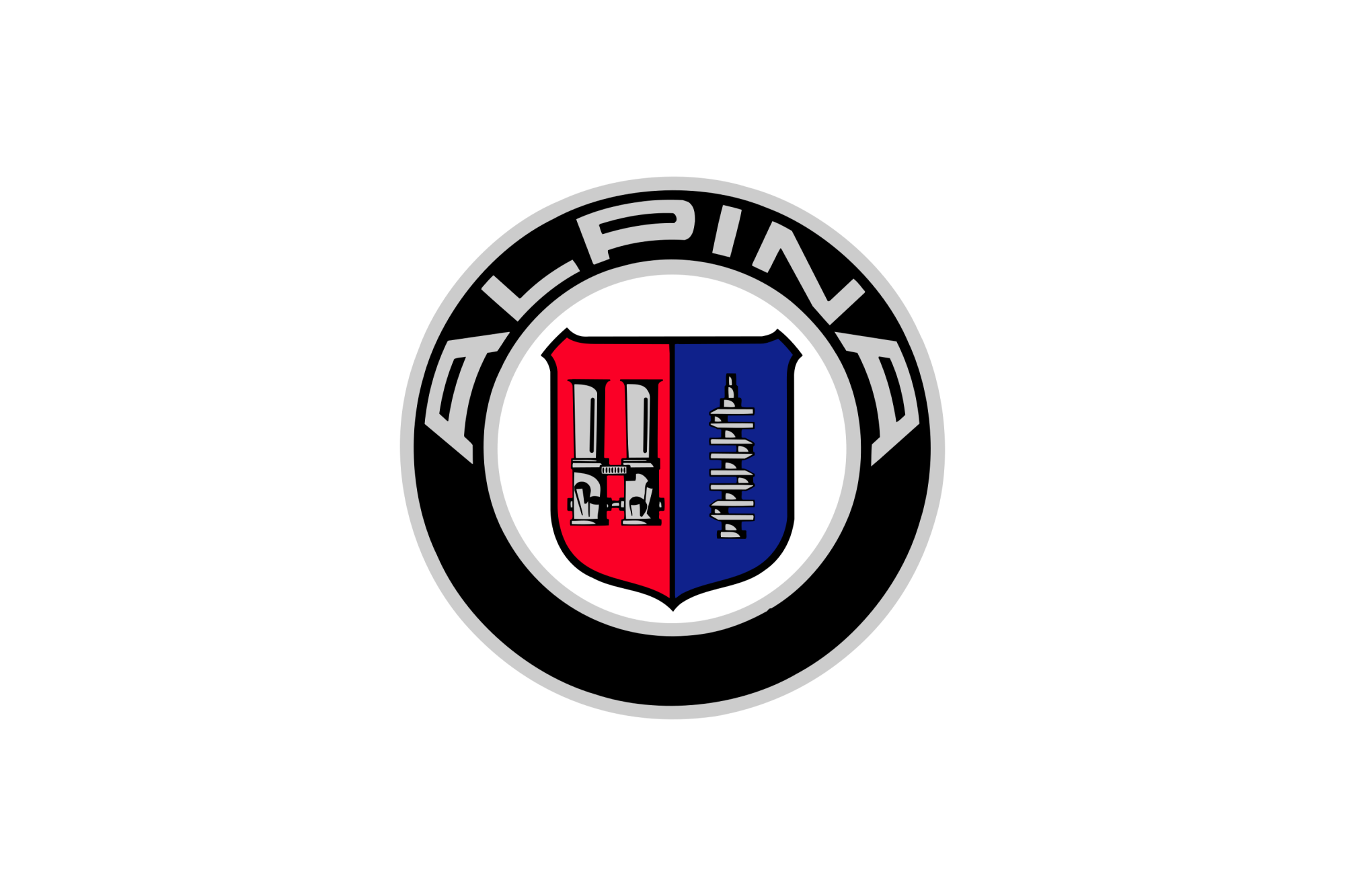 Alpina
Alpina  Amilcar
Amilcar  Aston Martin
Aston Martin  ATL Autotecnica del Lario
ATL Autotecnica del Lario  Audi
Audi 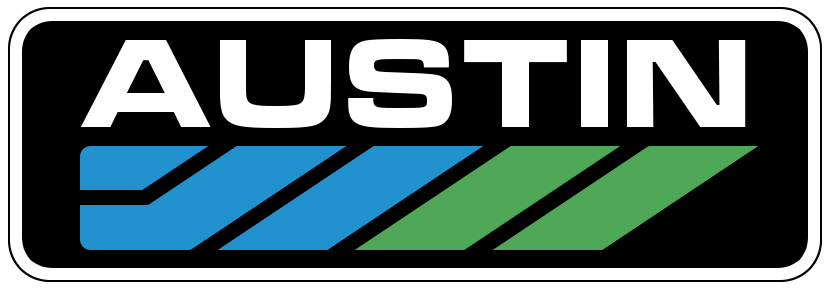 Austin
Austin  Austin-Healey
Austin-Healey .png) Bentley
Bentley  BMW
BMW  Cadillac
Cadillac  Chevrolet
Chevrolet  Citroën
Citroën  Daimler
Daimler  DKW
DKW 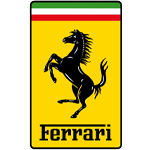 Ferrari
Ferrari  Fiat
Fiat  Ford
Ford  Geko
Geko .svg.png) Honda
Honda  Innocenti
Innocenti .png) Jaguar
Jaguar 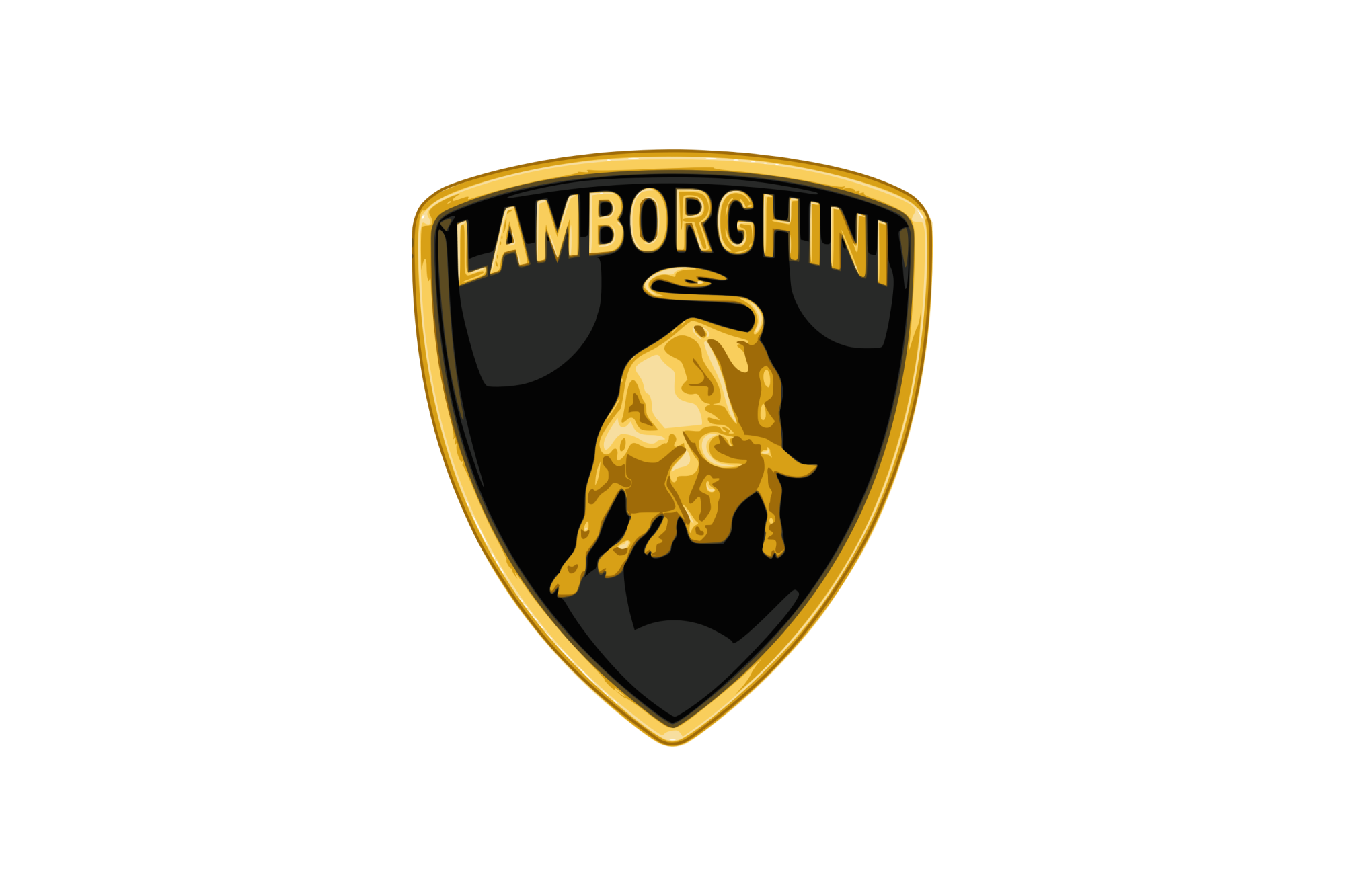 Lamborghini
Lamborghini .png) Lancia
Lancia  Land Rover
Land Rover  Lotus
Lotus  Maserati
Maserati  Matra Sports
Matra Sports  Mercedes-Benz
Mercedes-Benz  MG
MG .svg.png) Mini
Mini  Mitsubishi
Mitsubishi .png) Morgan
Morgan  Morris
Morris  Nash Healey
Nash Healey .png) Nissan
Nissan  NSU
NSU  Porsche
Porsche  Renault
Renault 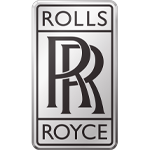 Rolls-Royce
Rolls-Royce 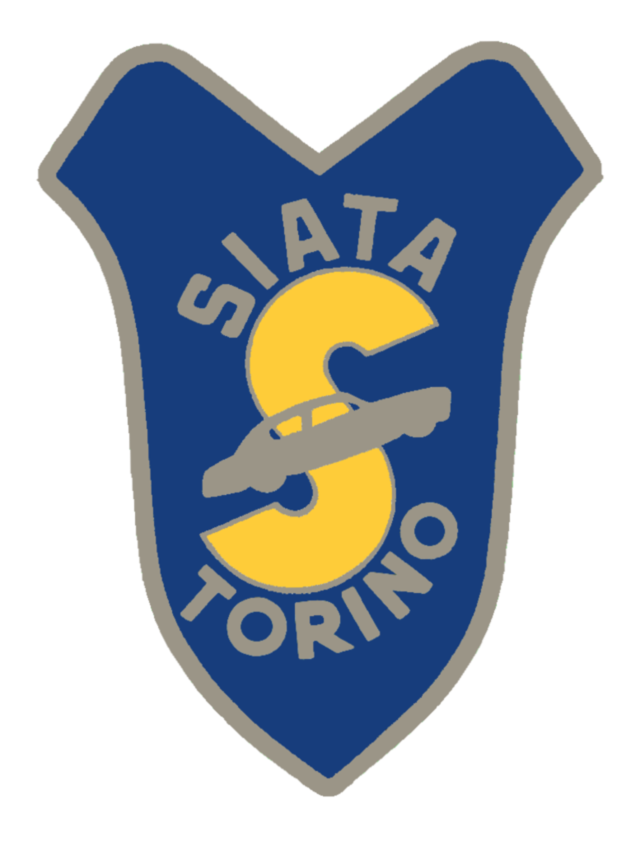 Siata
Siata  Simca
Simca .png) Studebaker
Studebaker  Subaru
Subaru  Sunbeam
Sunbeam 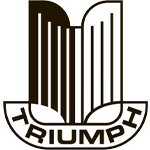 Triumph
Triumph  Volkswagen
Volkswagen  Benelli
Benelli .svg.png) Honda
Honda  Kawasaki
Kawasaki 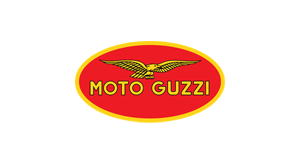 Moto Guzzi
Moto Guzzi .png) NSU
NSU 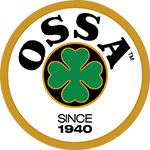 Ossa
Ossa  Polaris
Polaris  Royal Enfield
Royal Enfield  Suzuki
Suzuki  SWM
SWM  Yamaha
Yamaha 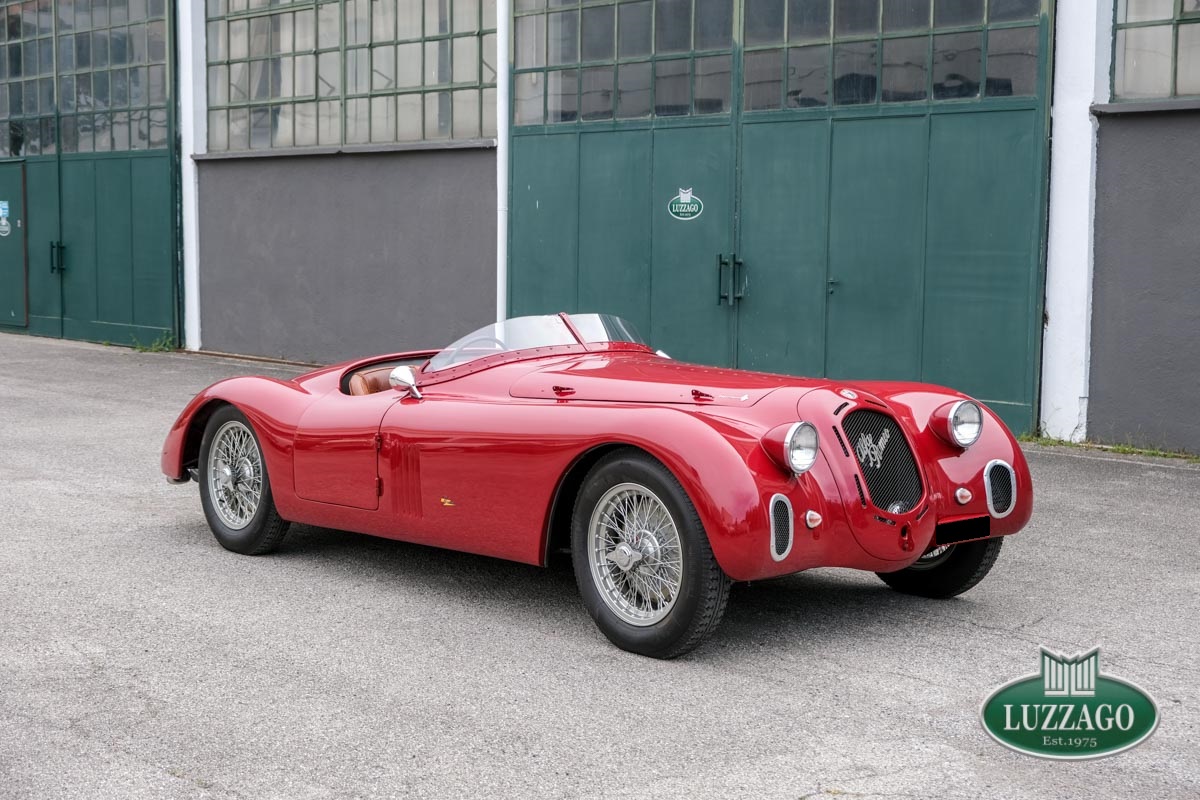
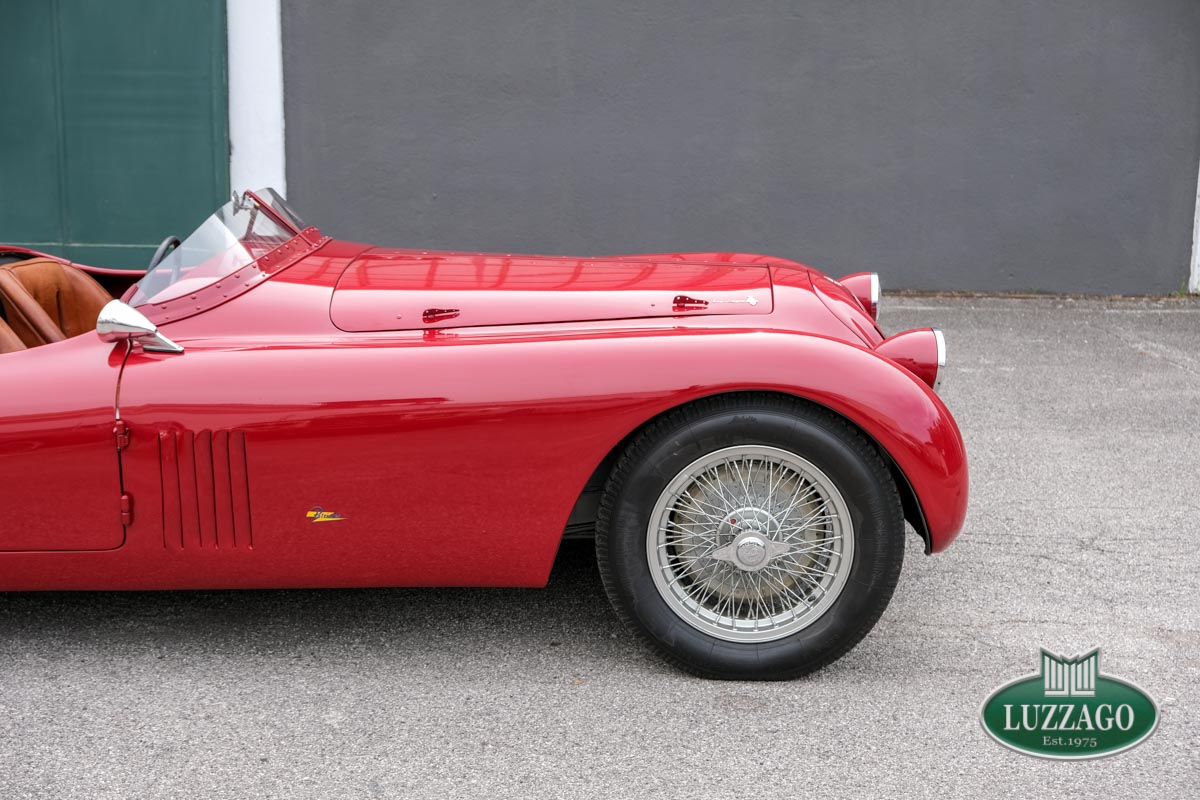
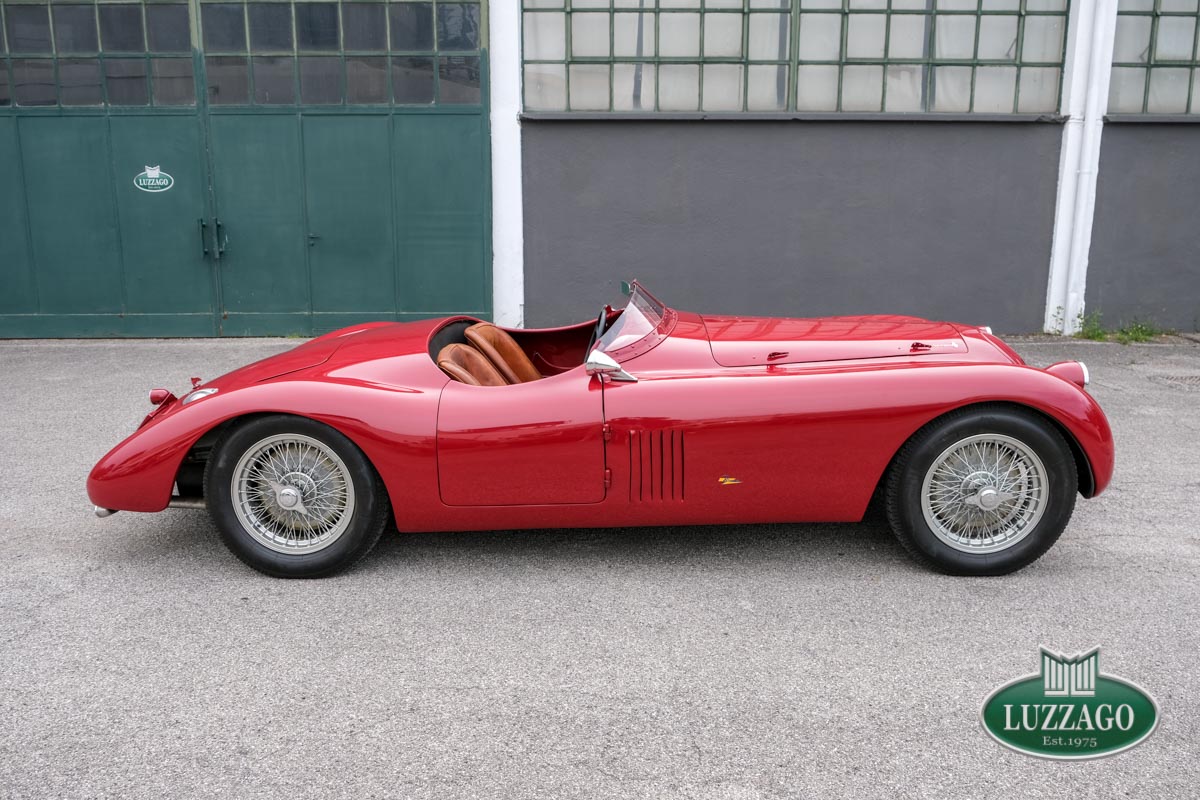
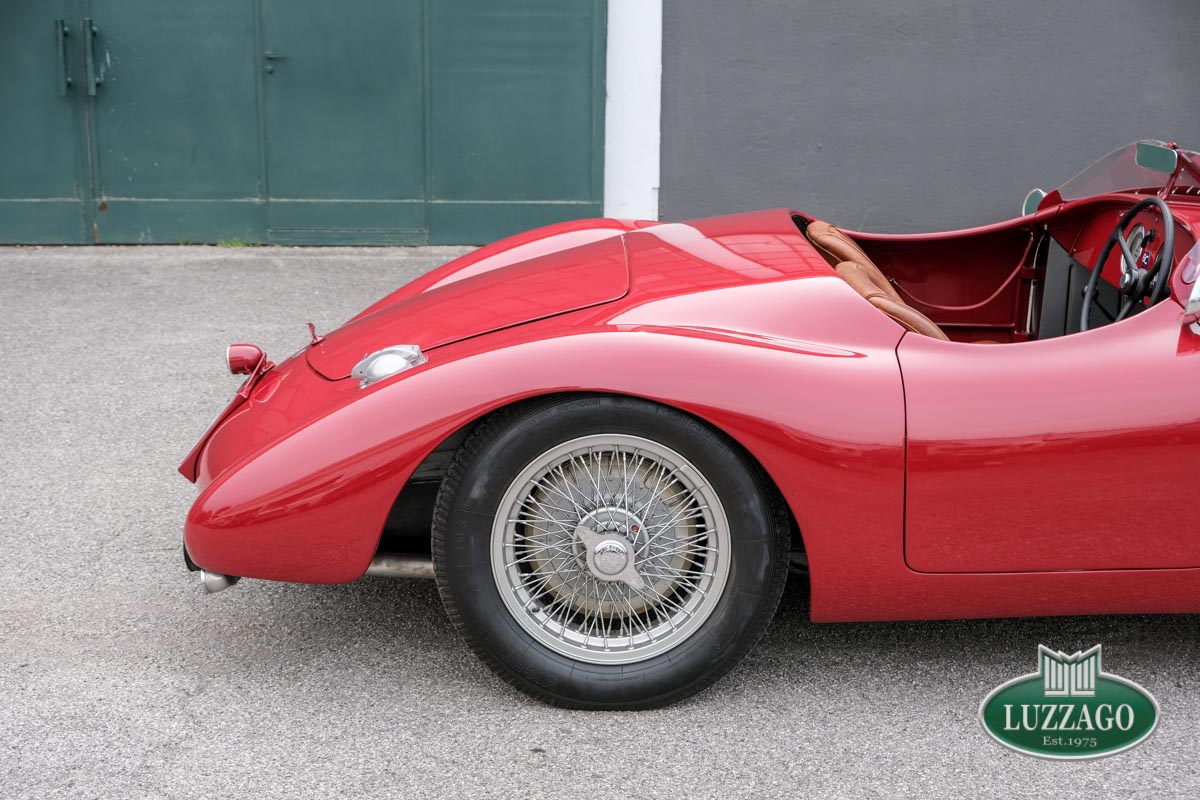
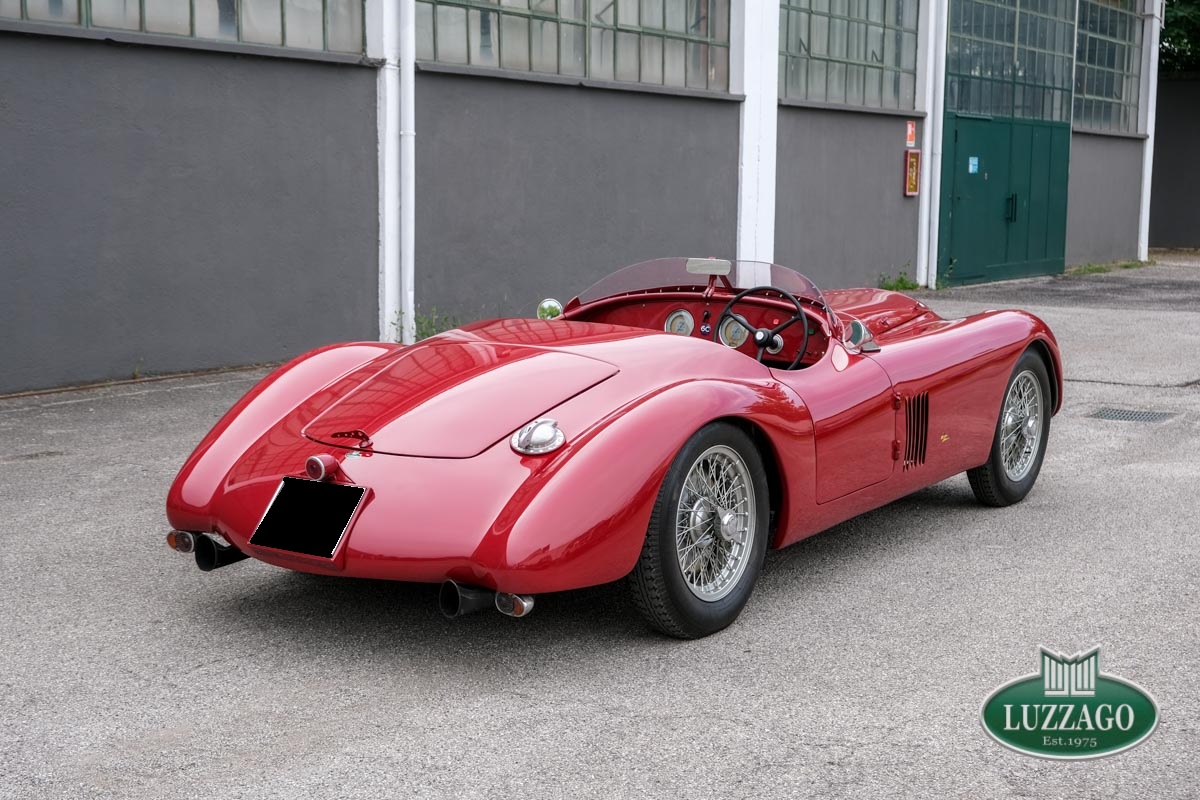
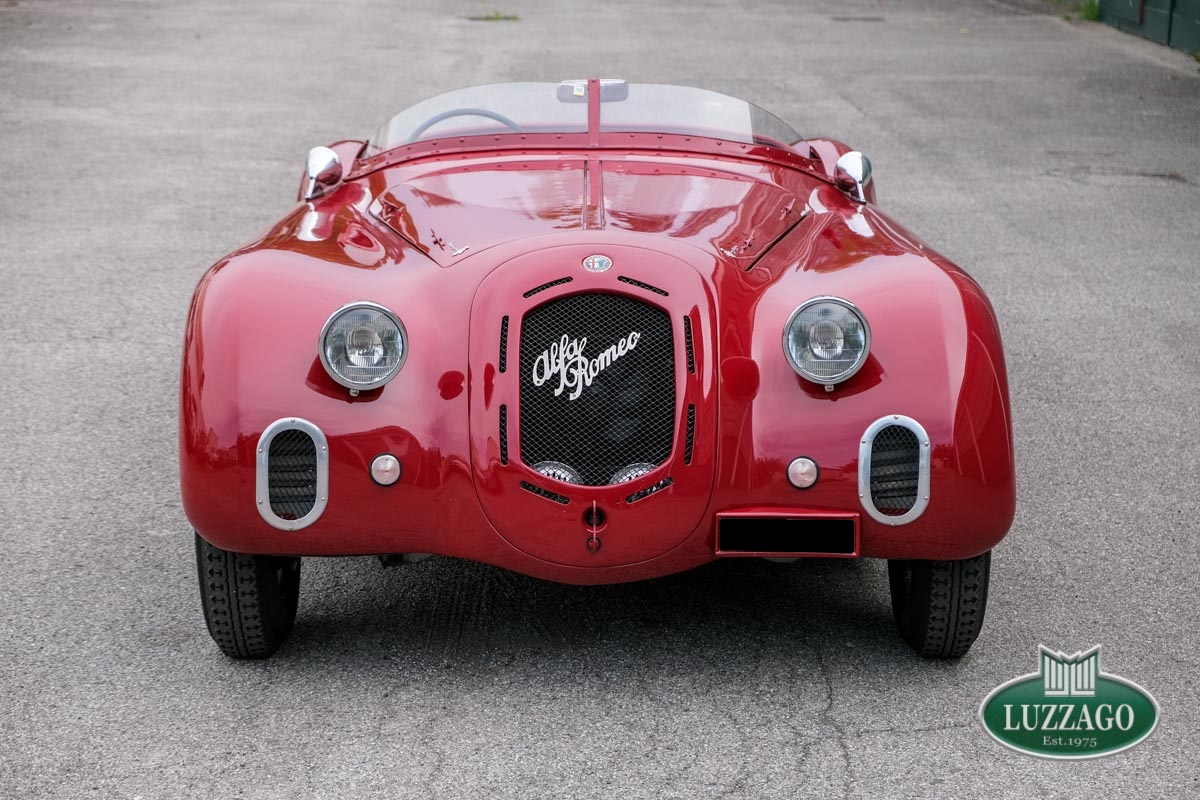
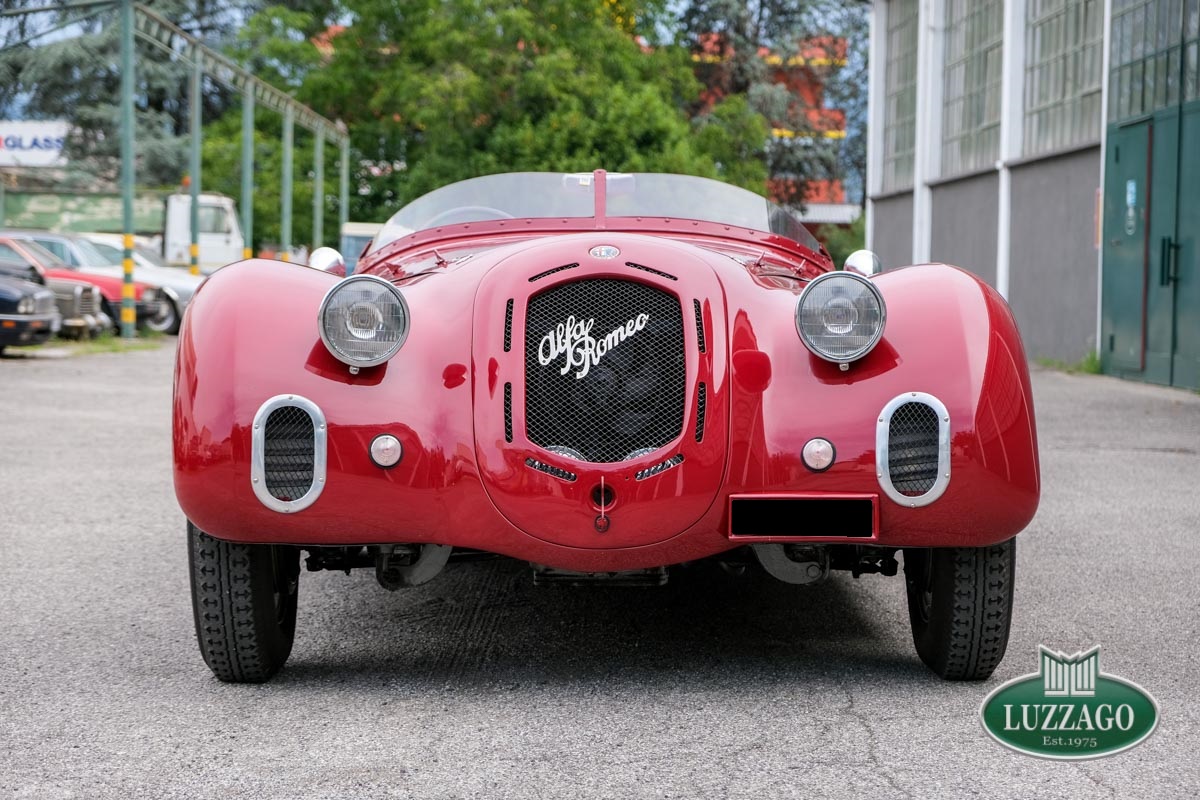
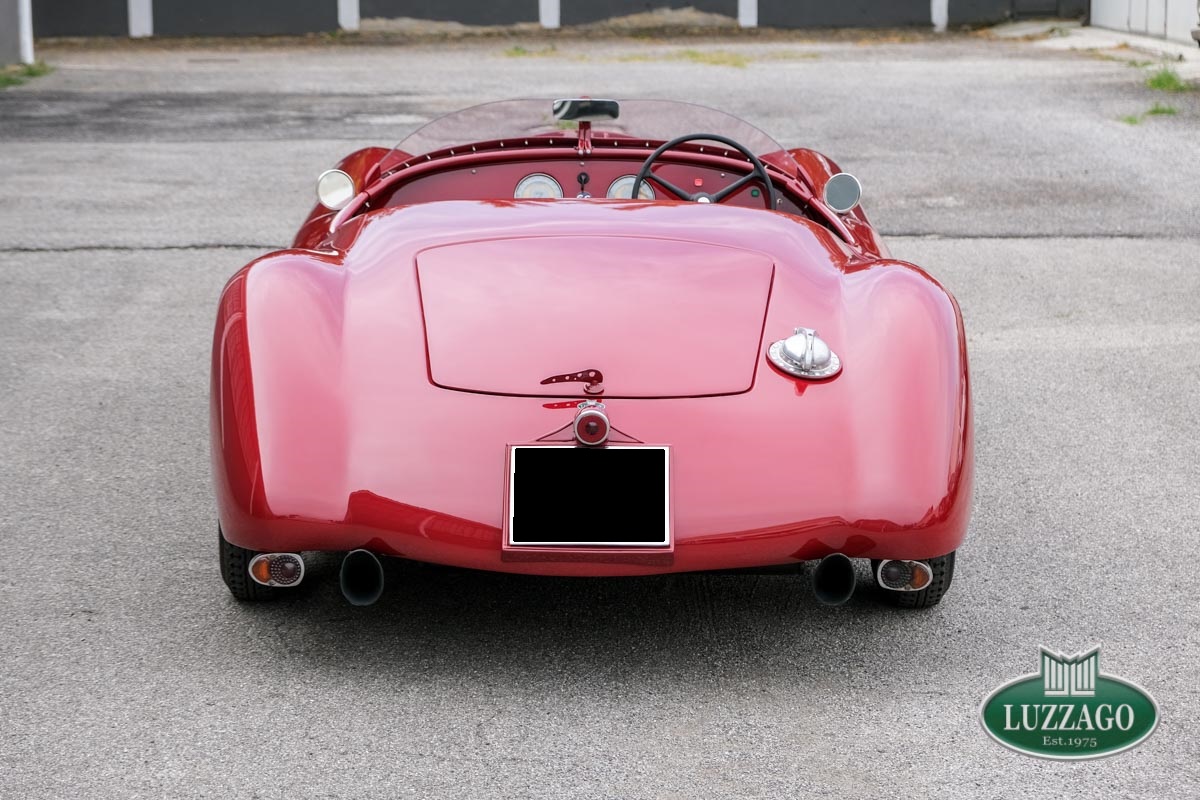
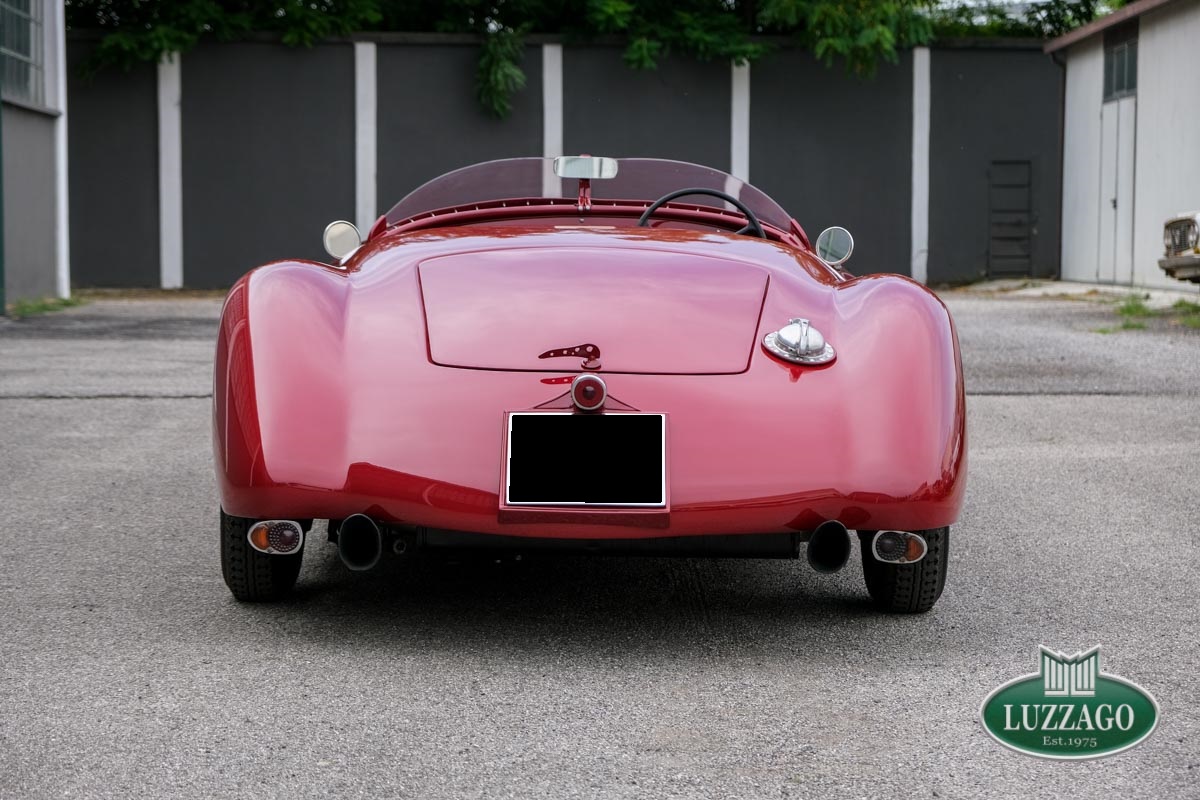
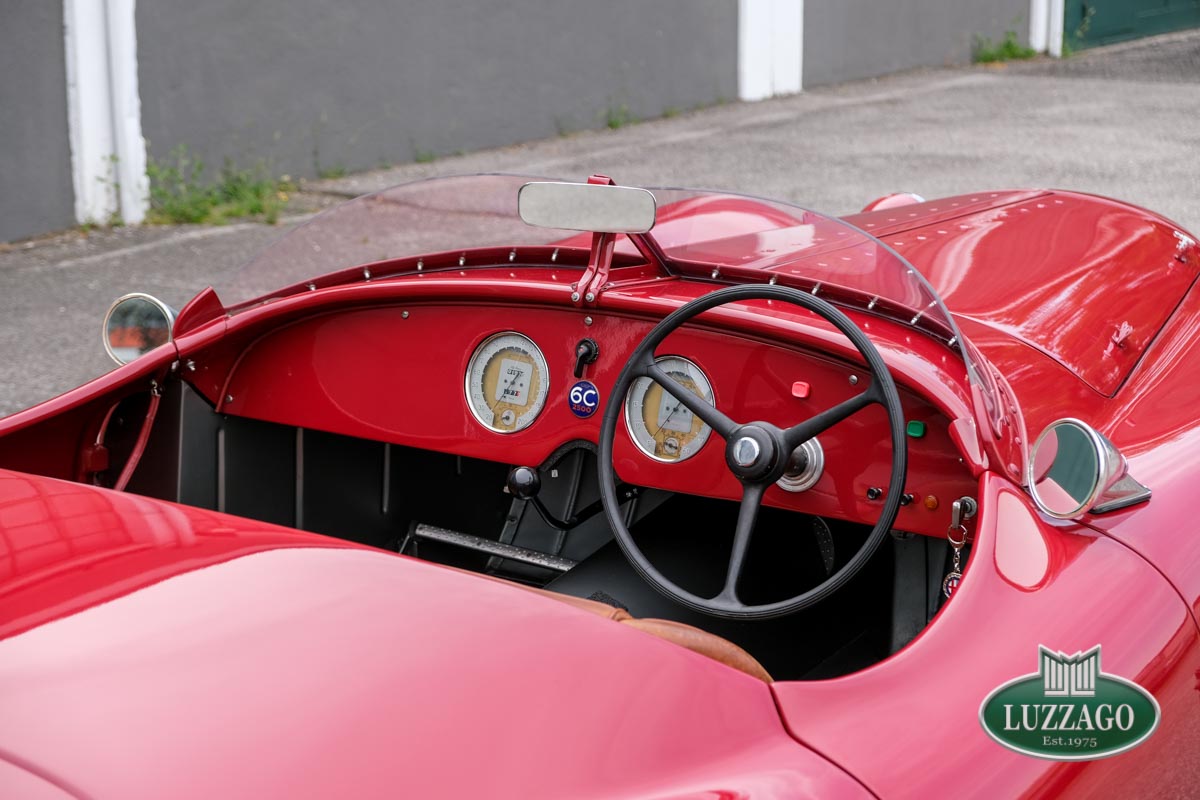
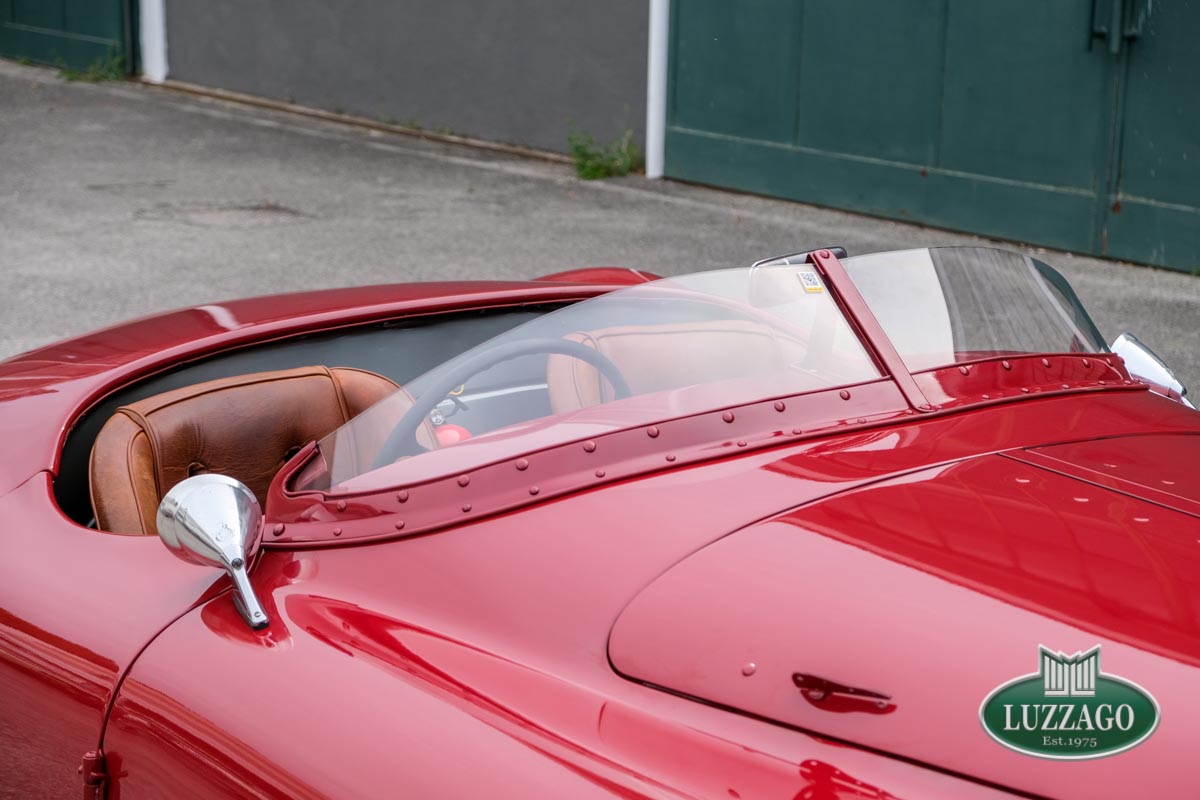
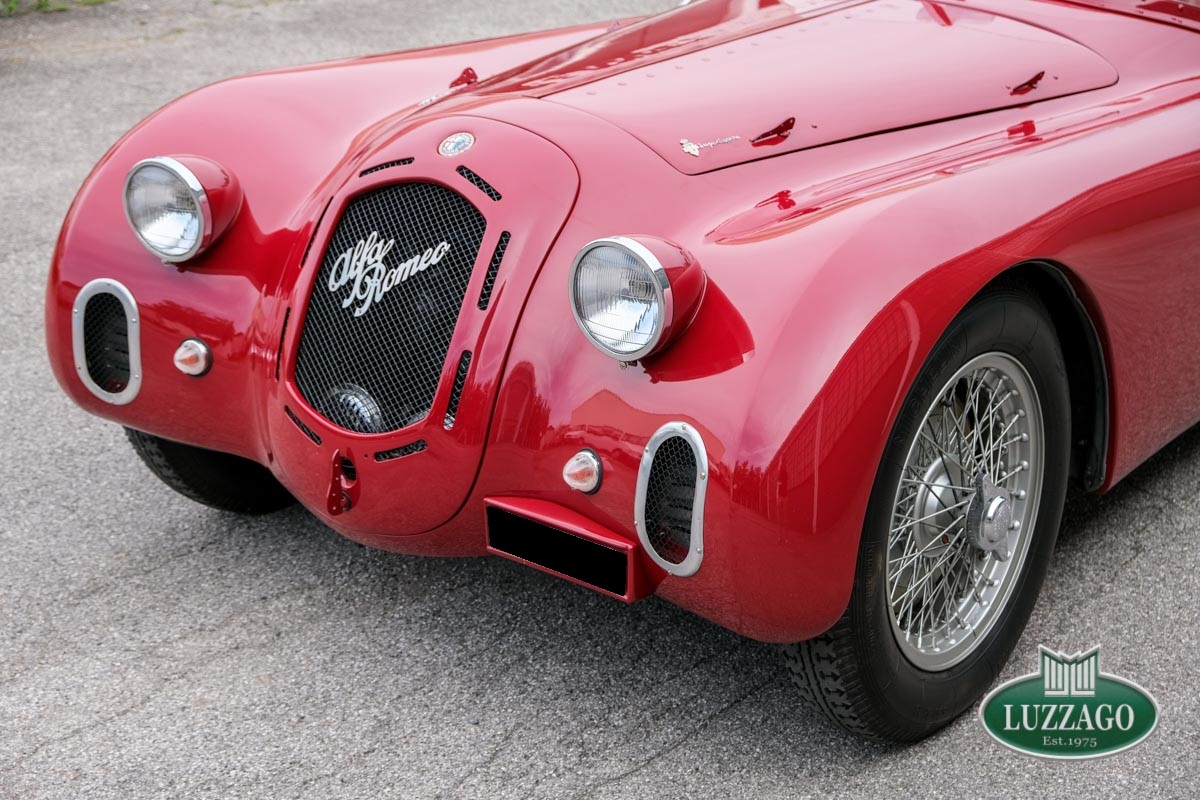
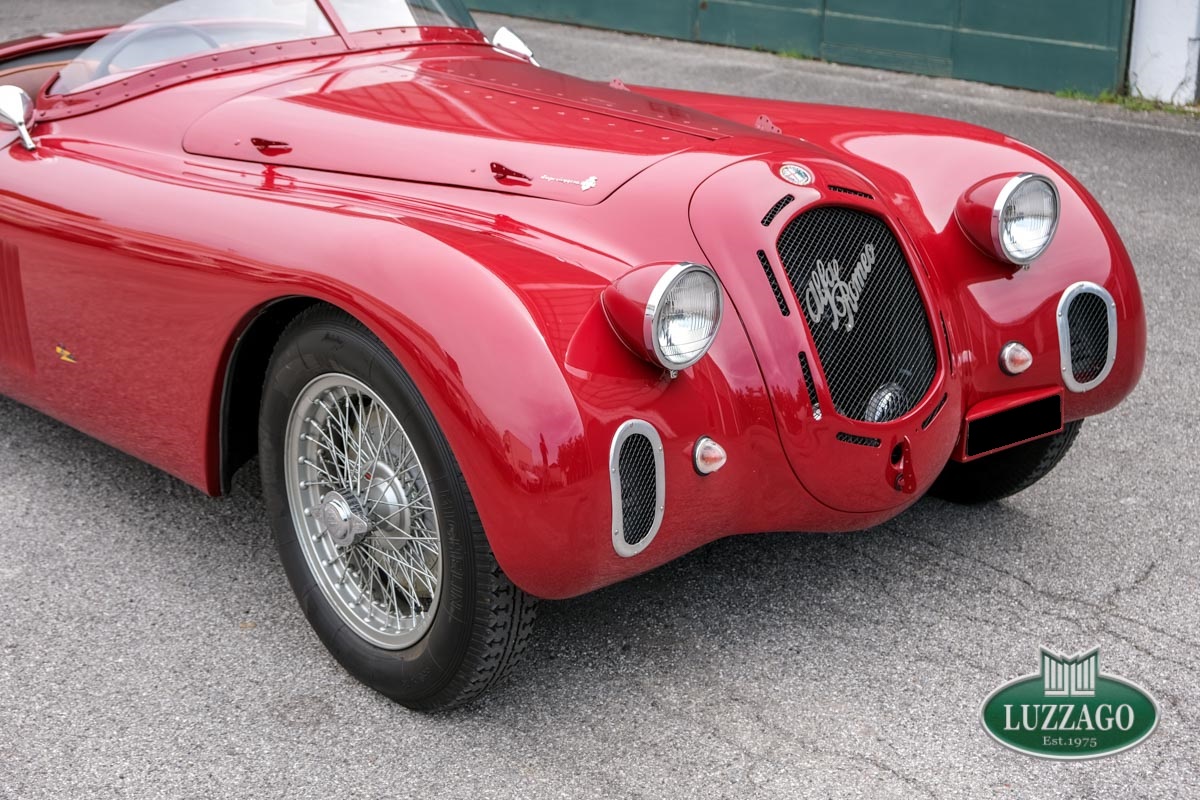
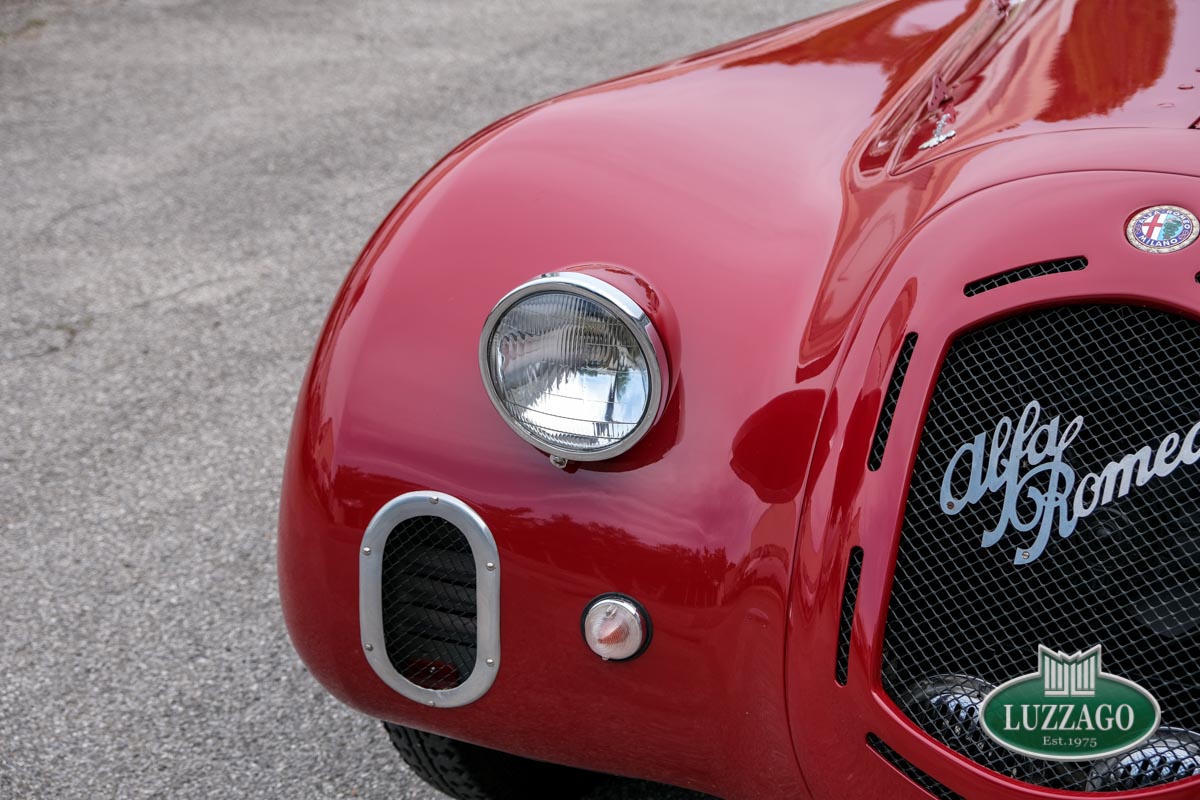
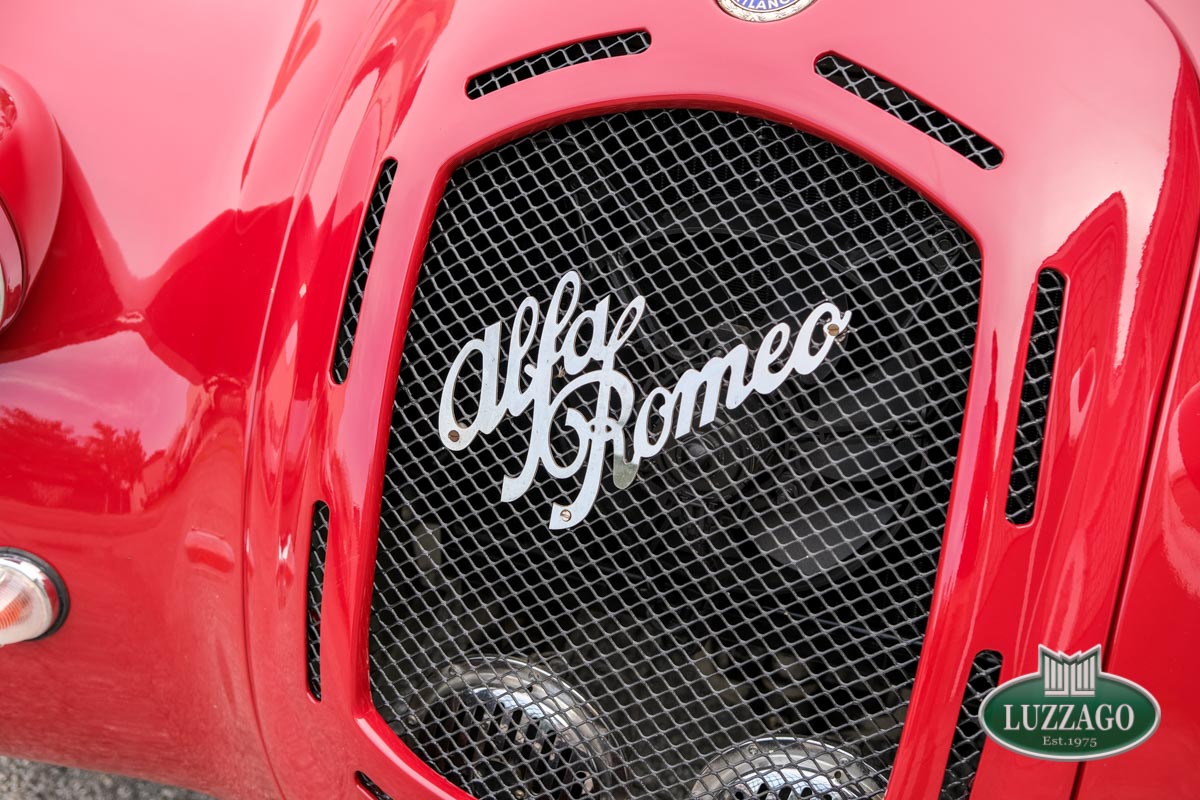
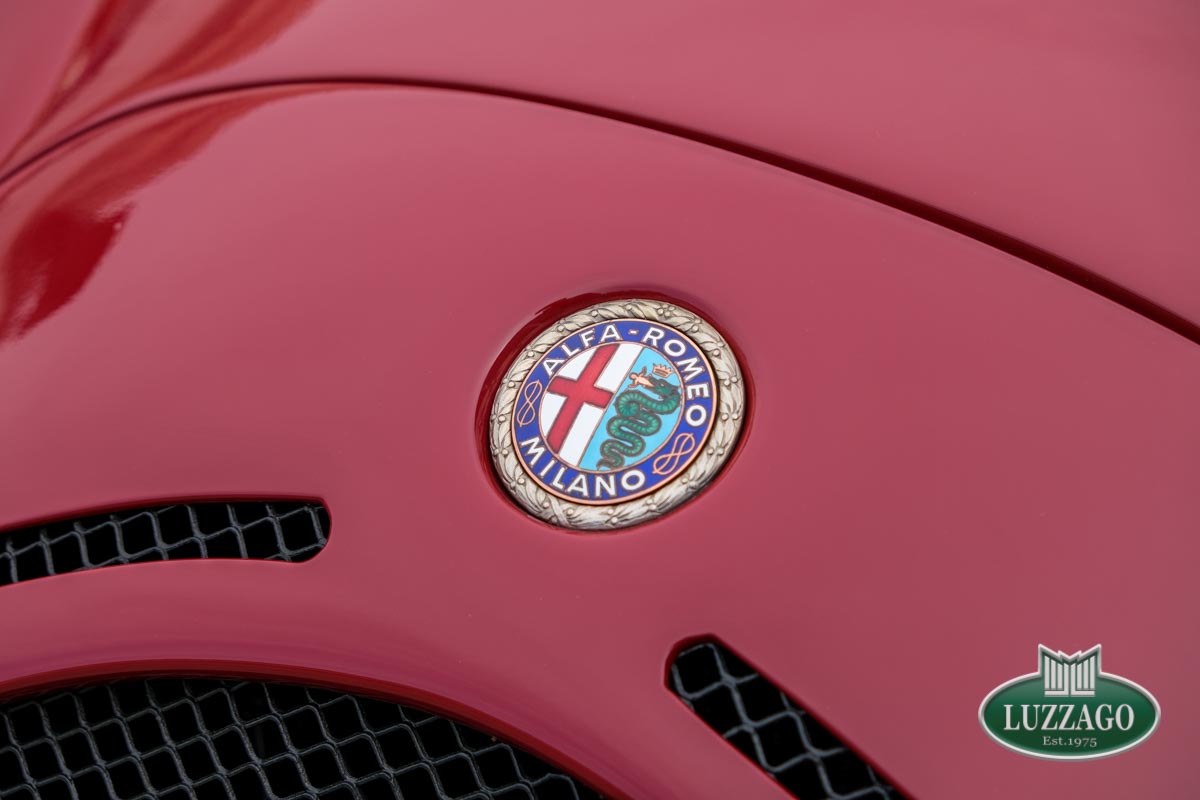
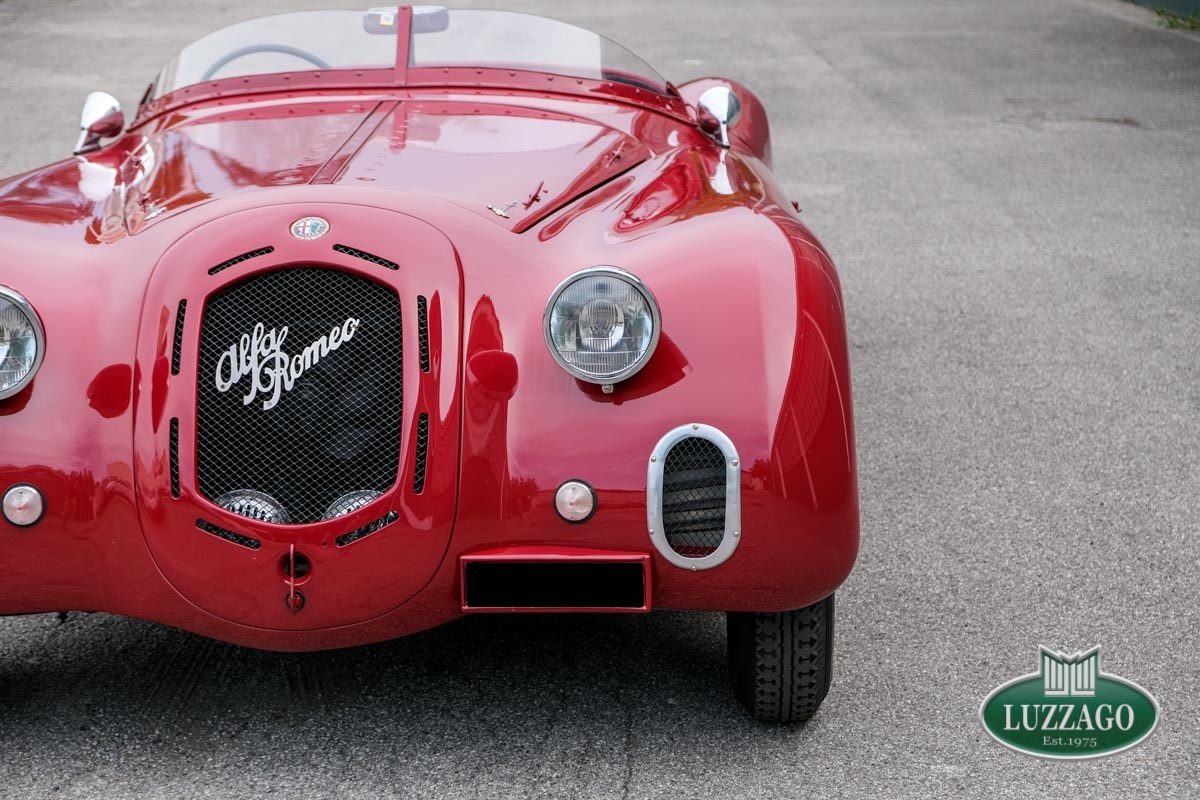
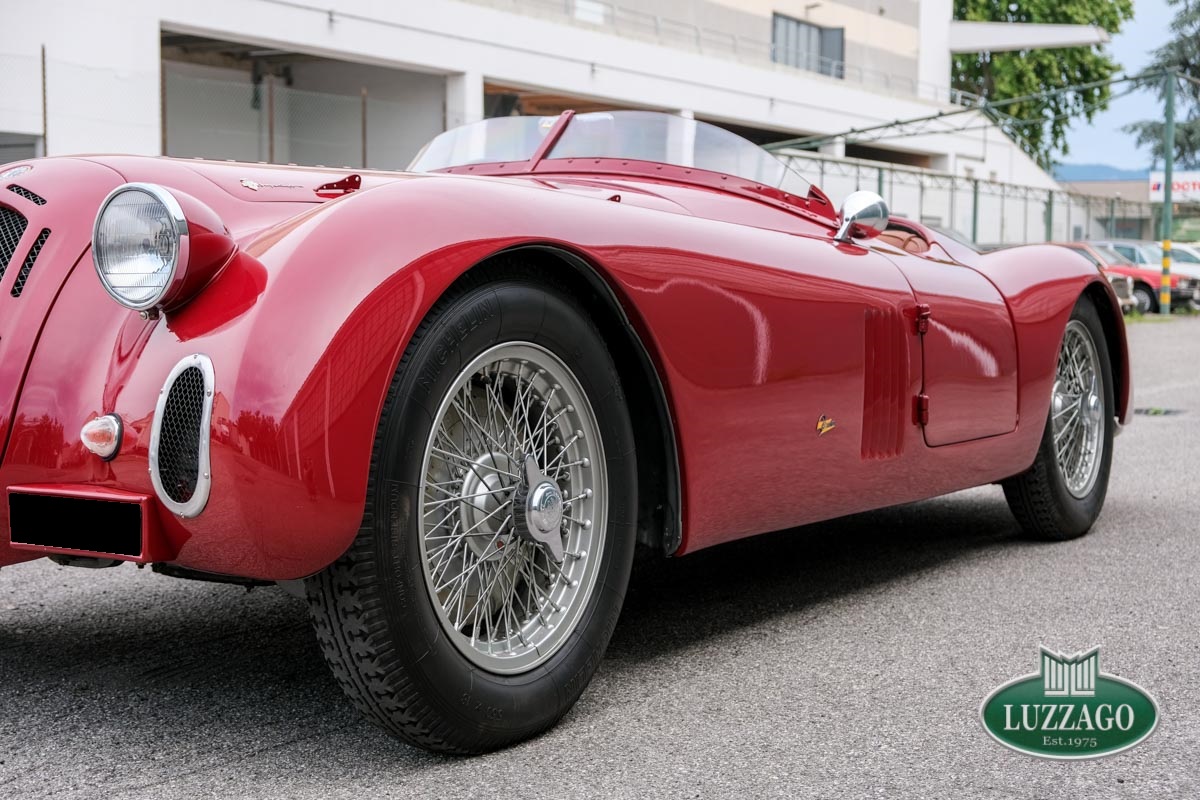
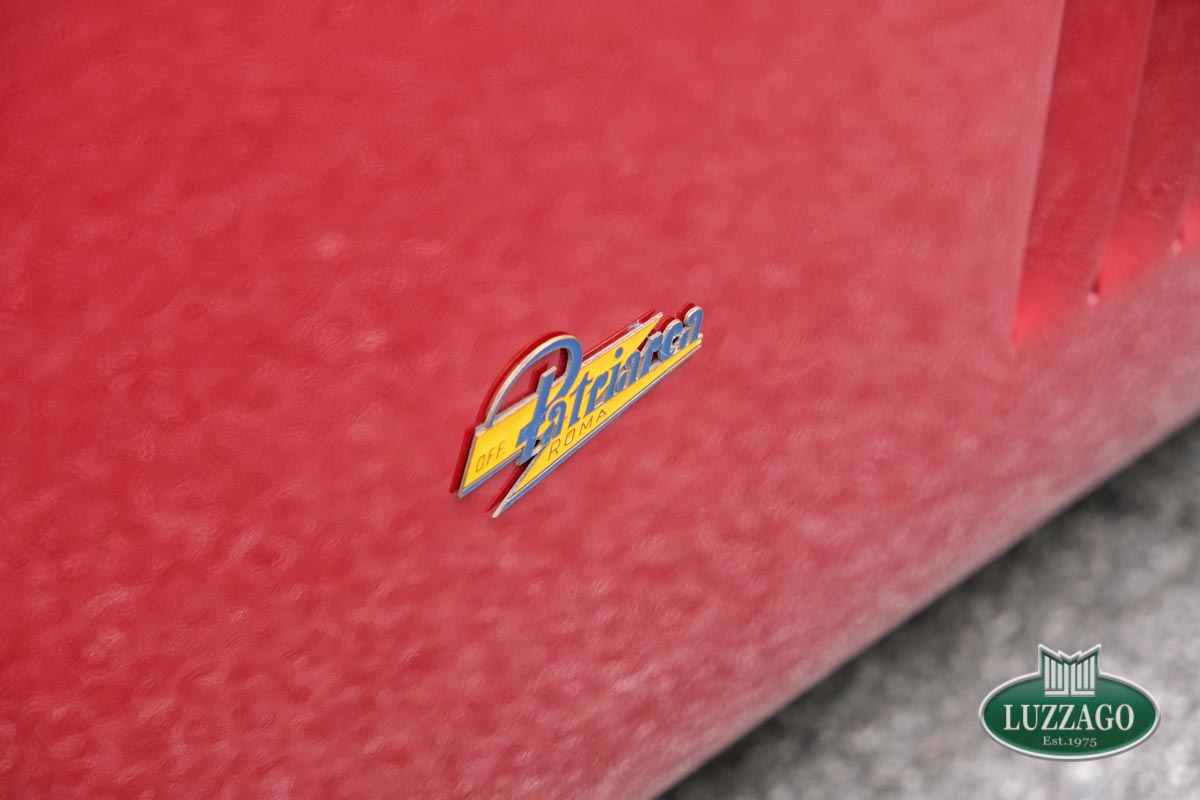
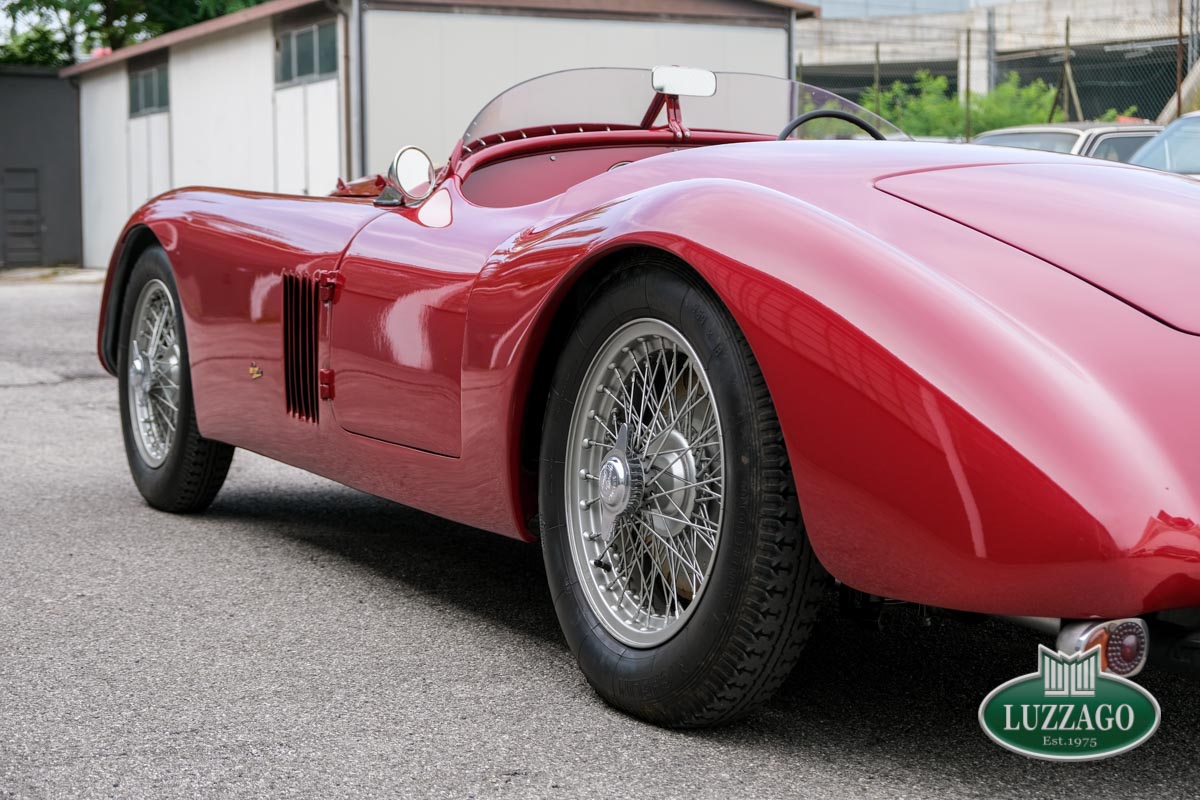
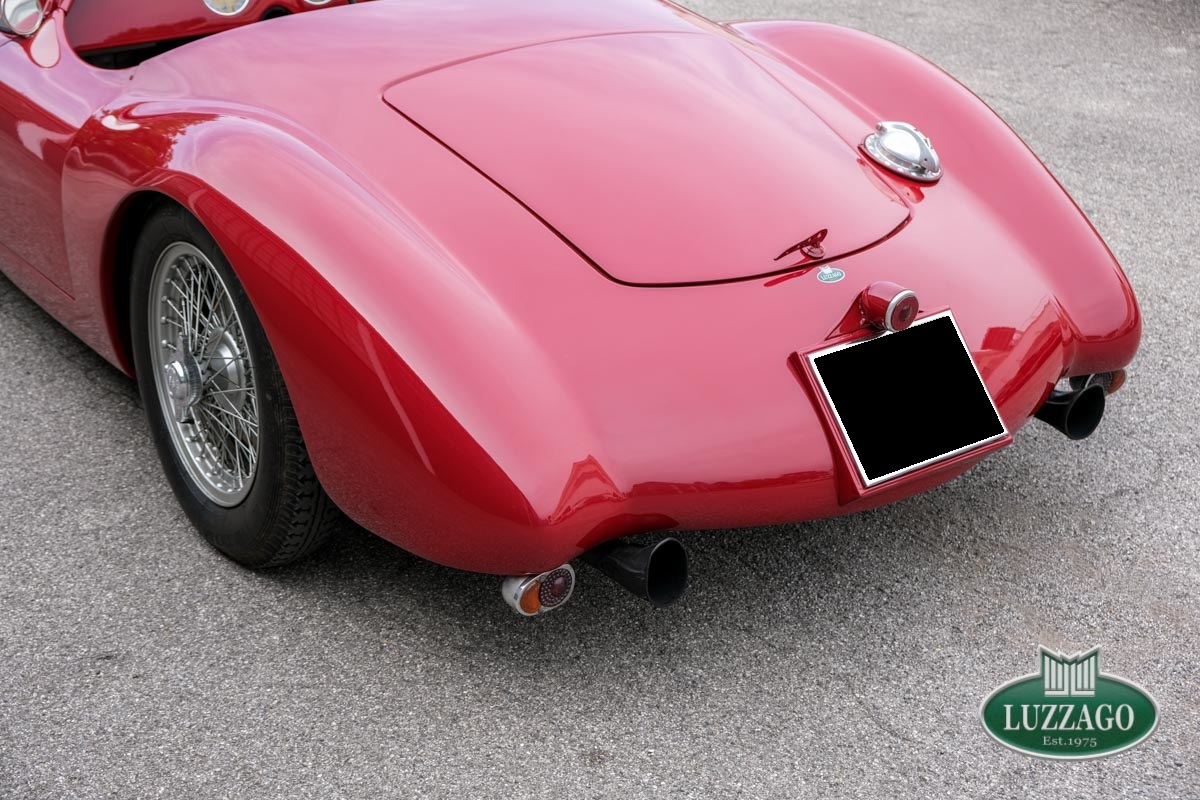
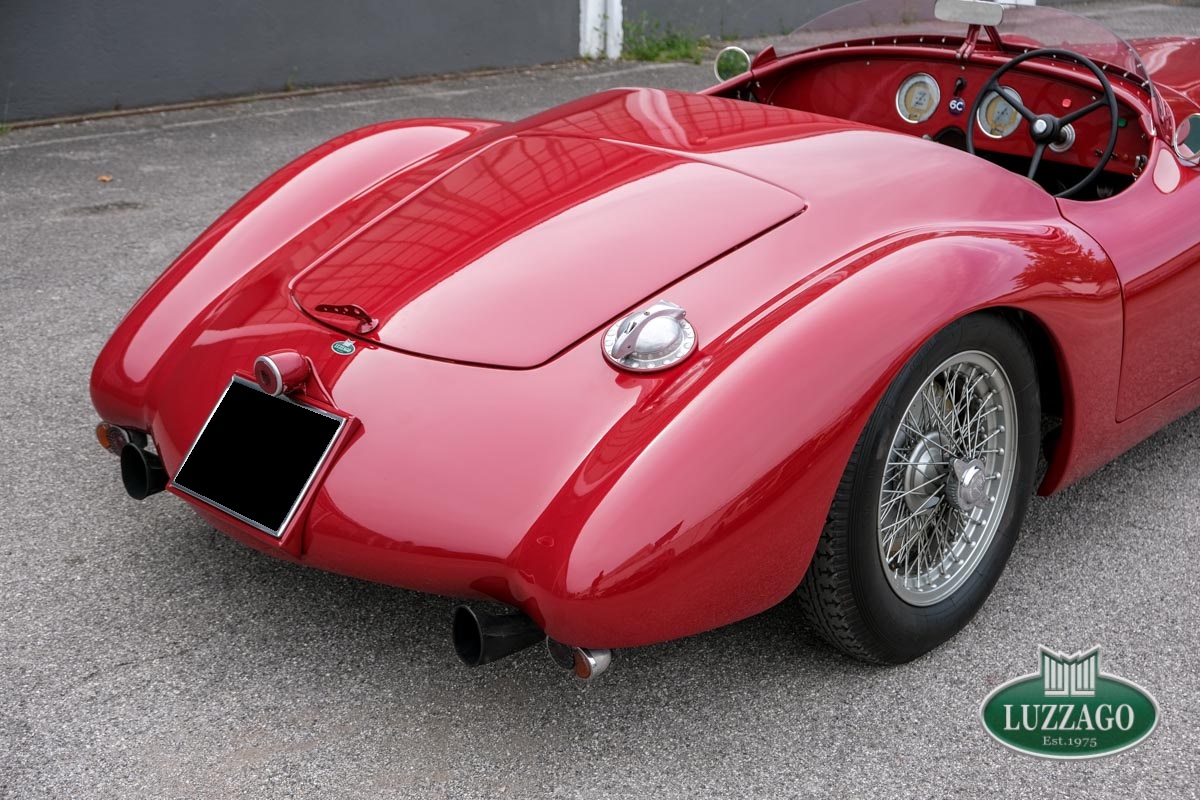
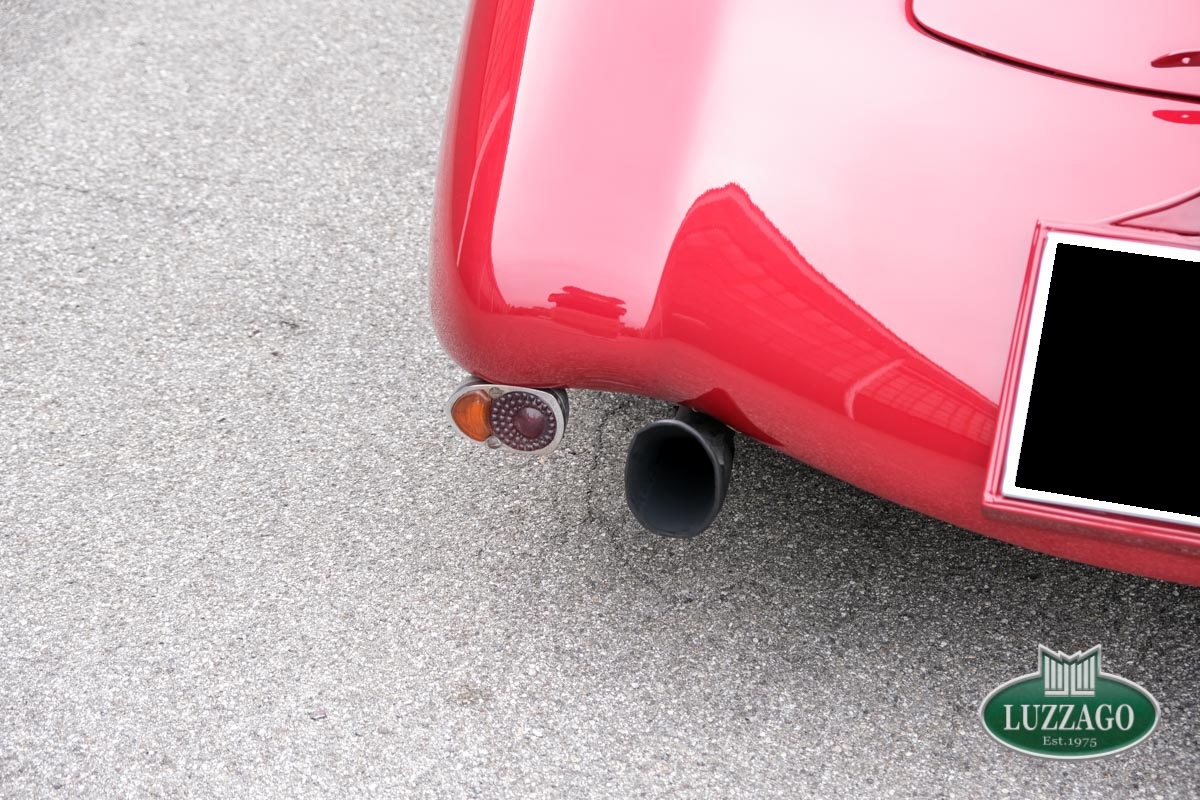
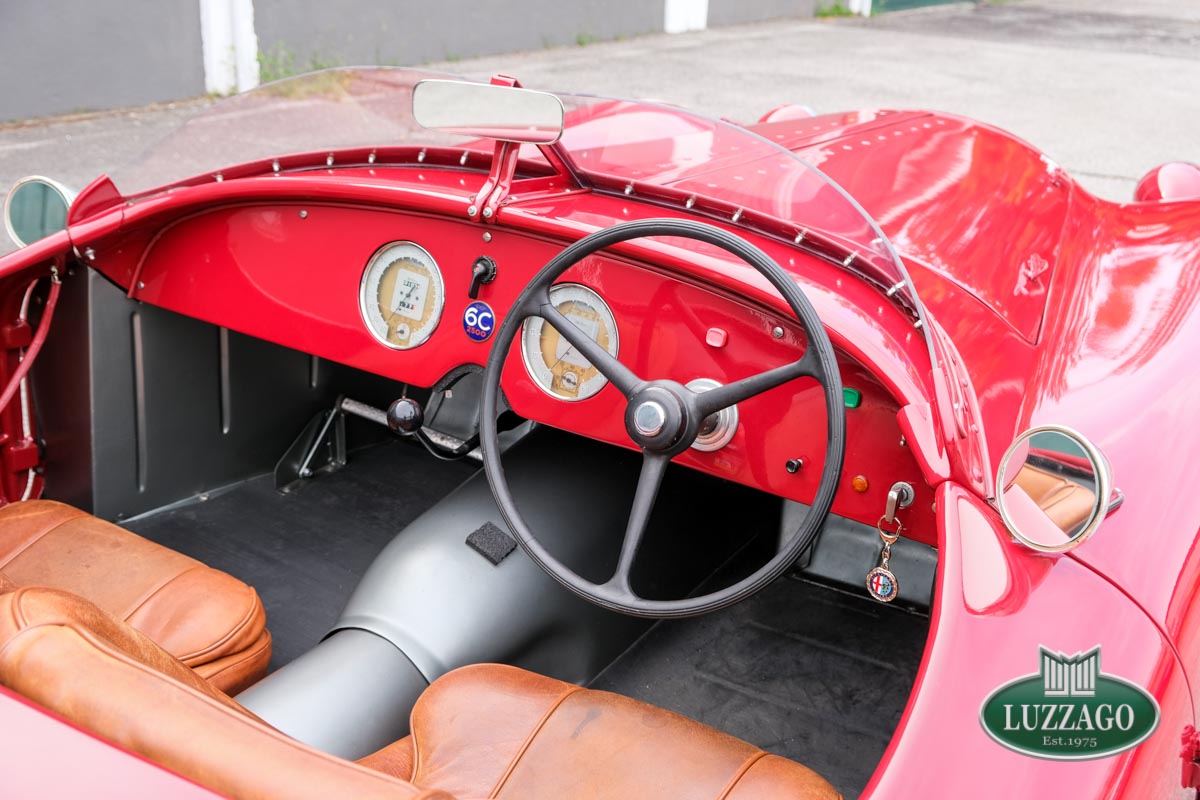
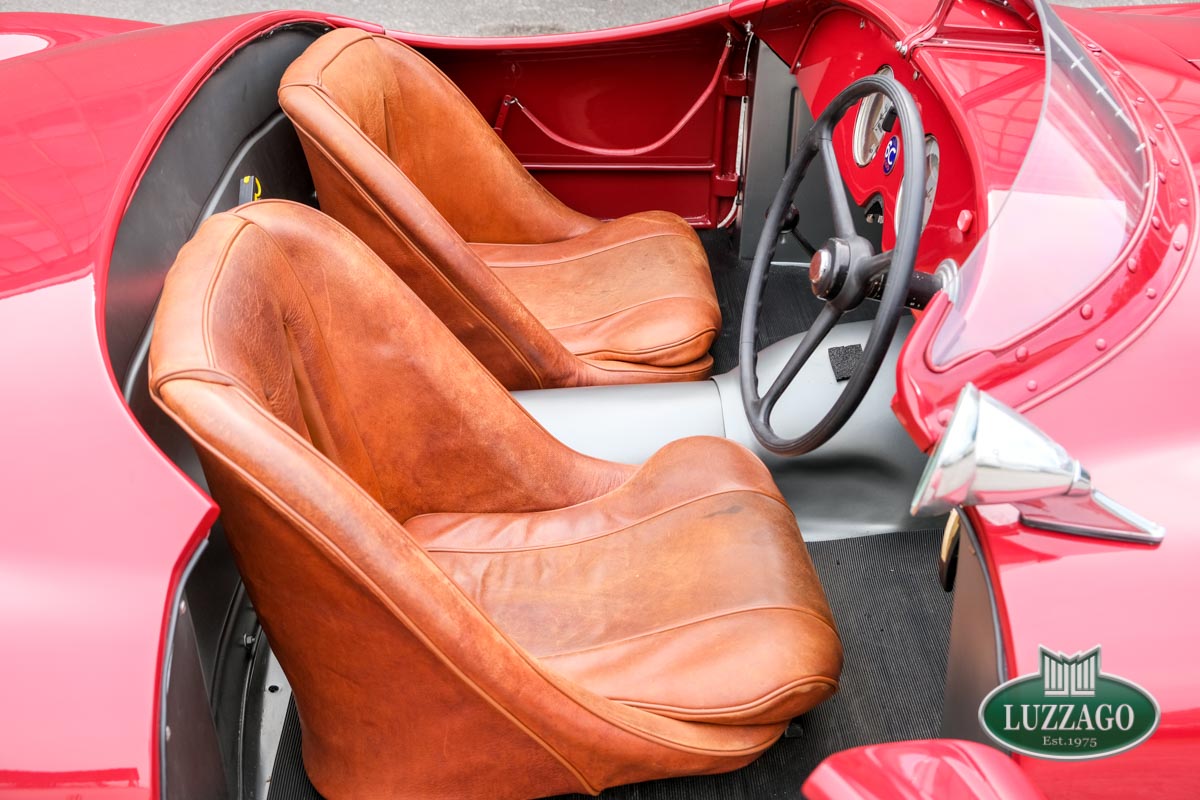
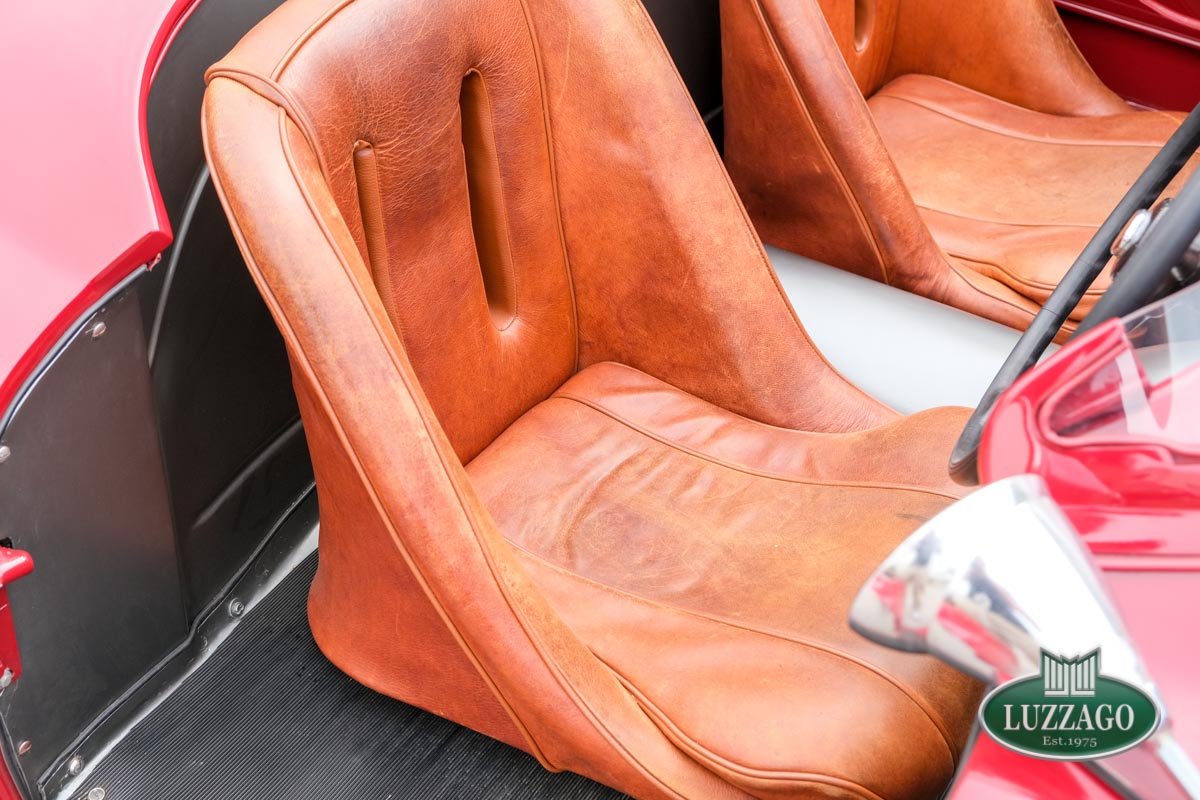
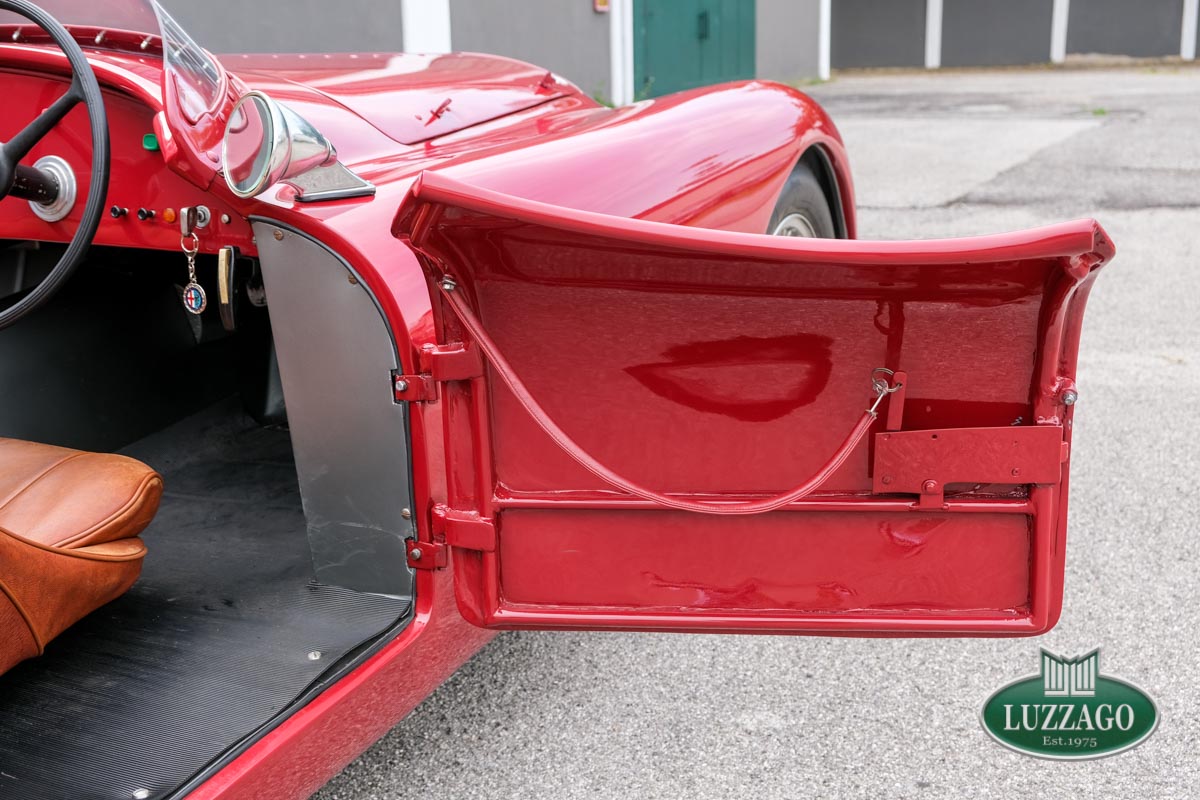
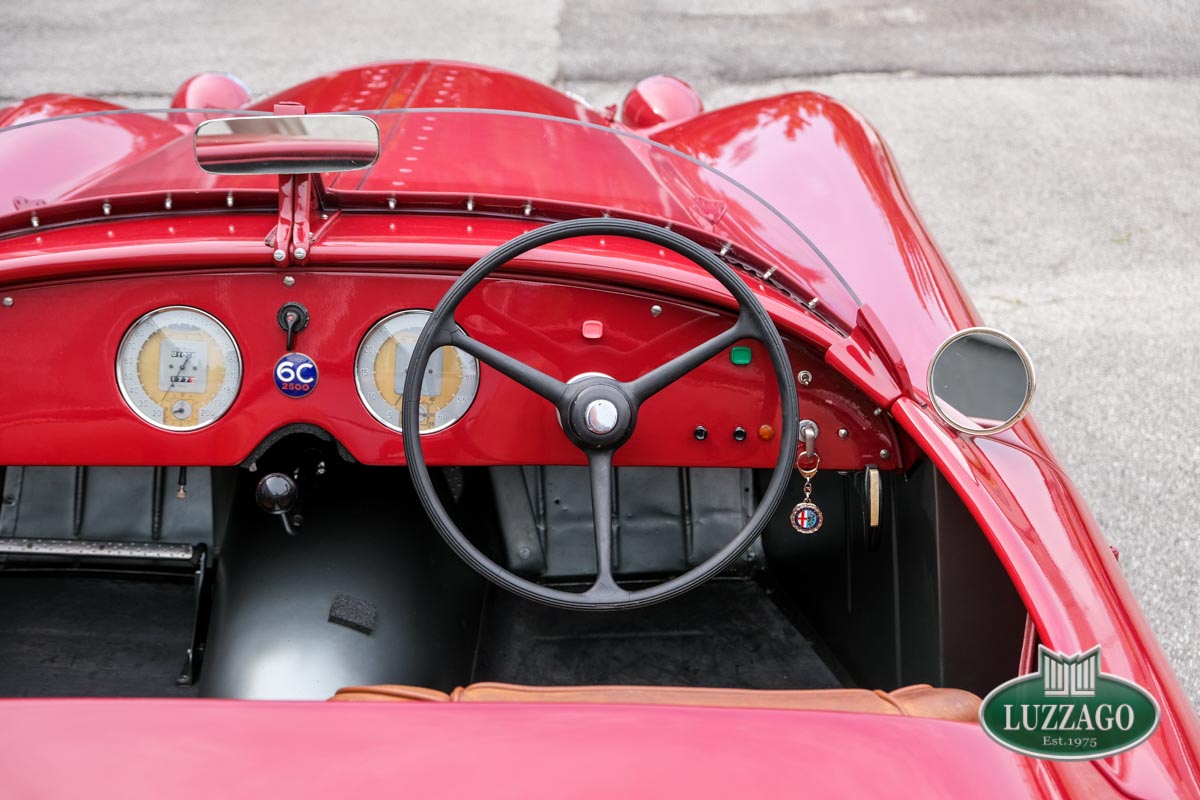
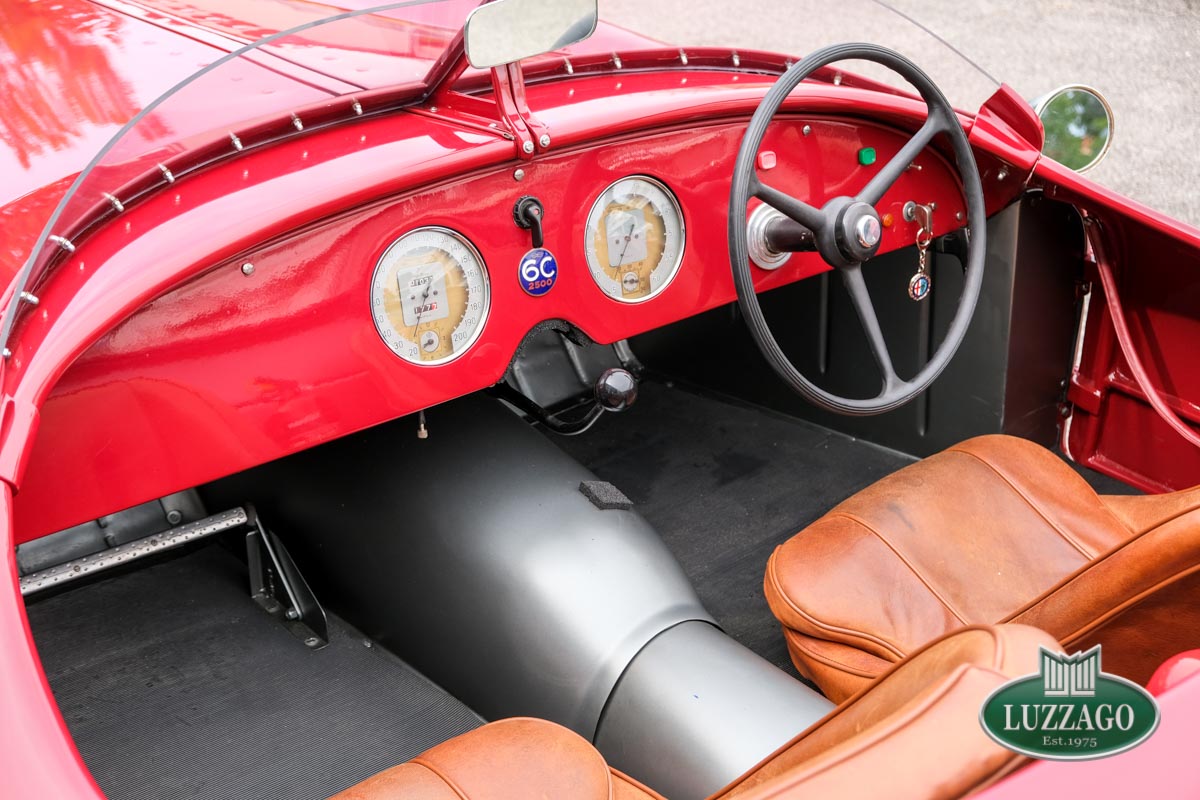
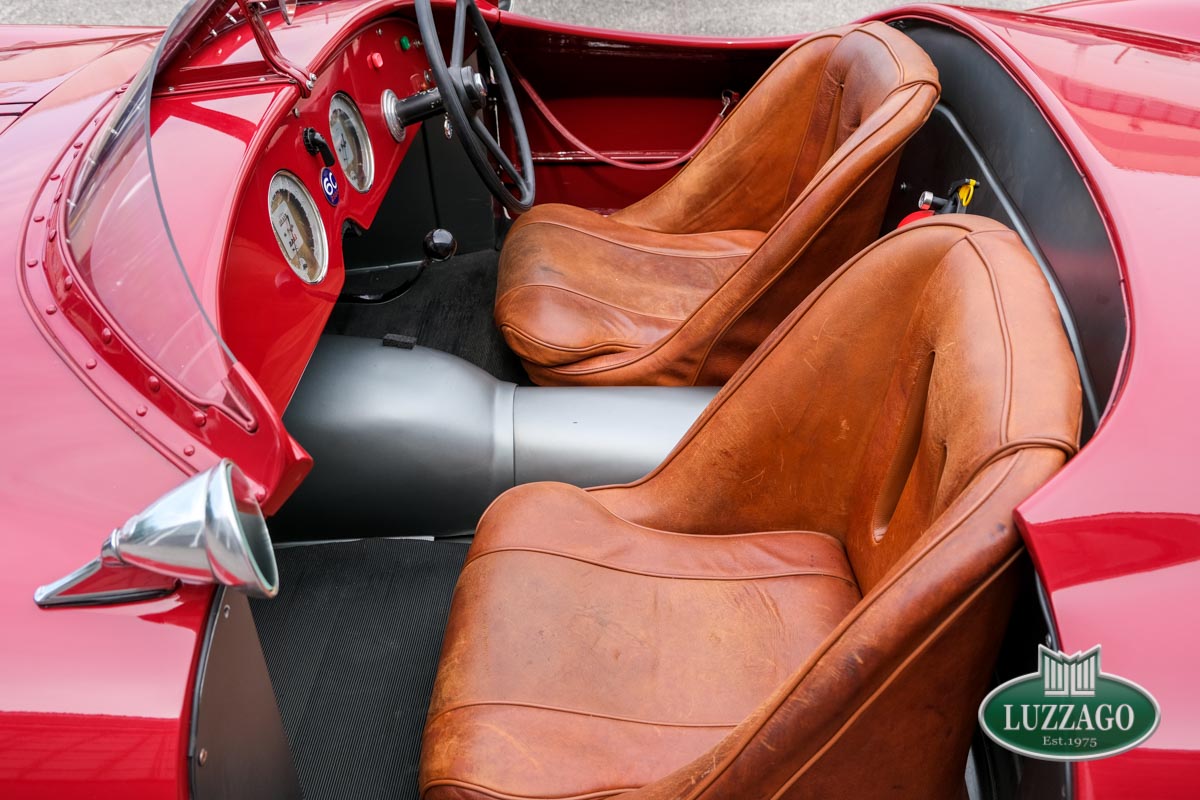
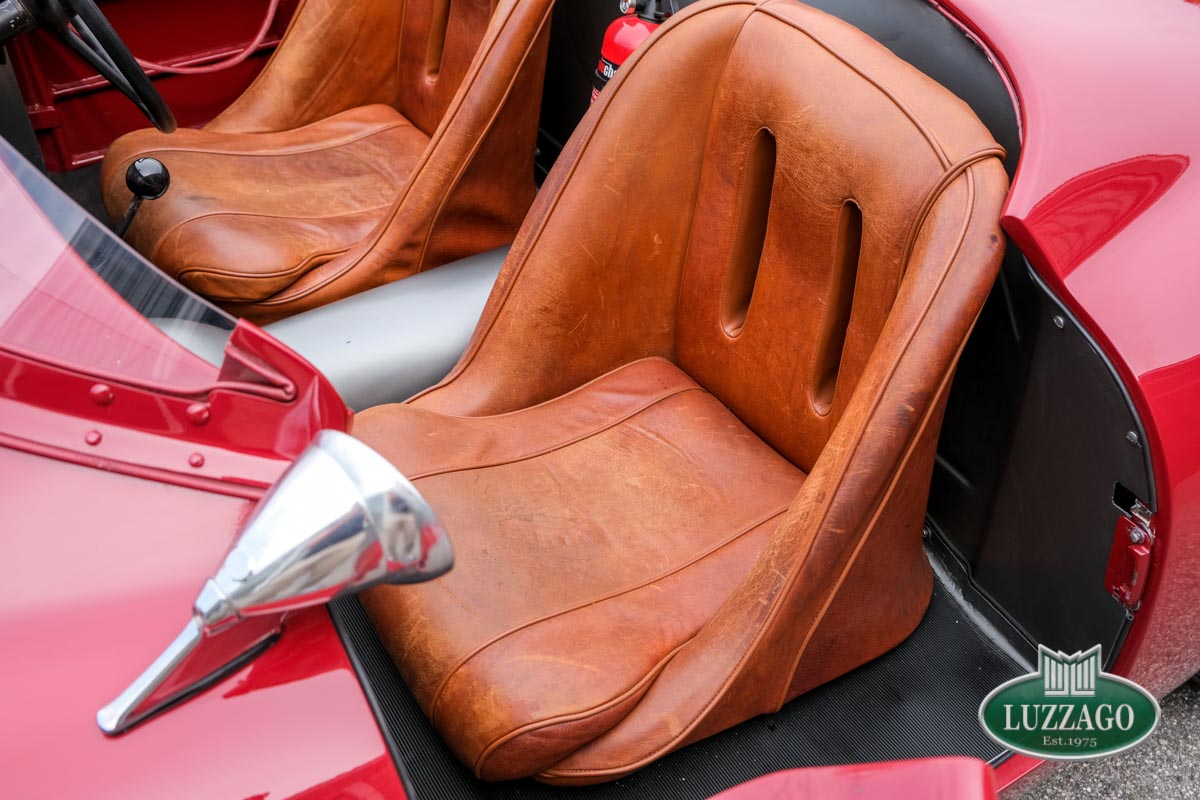
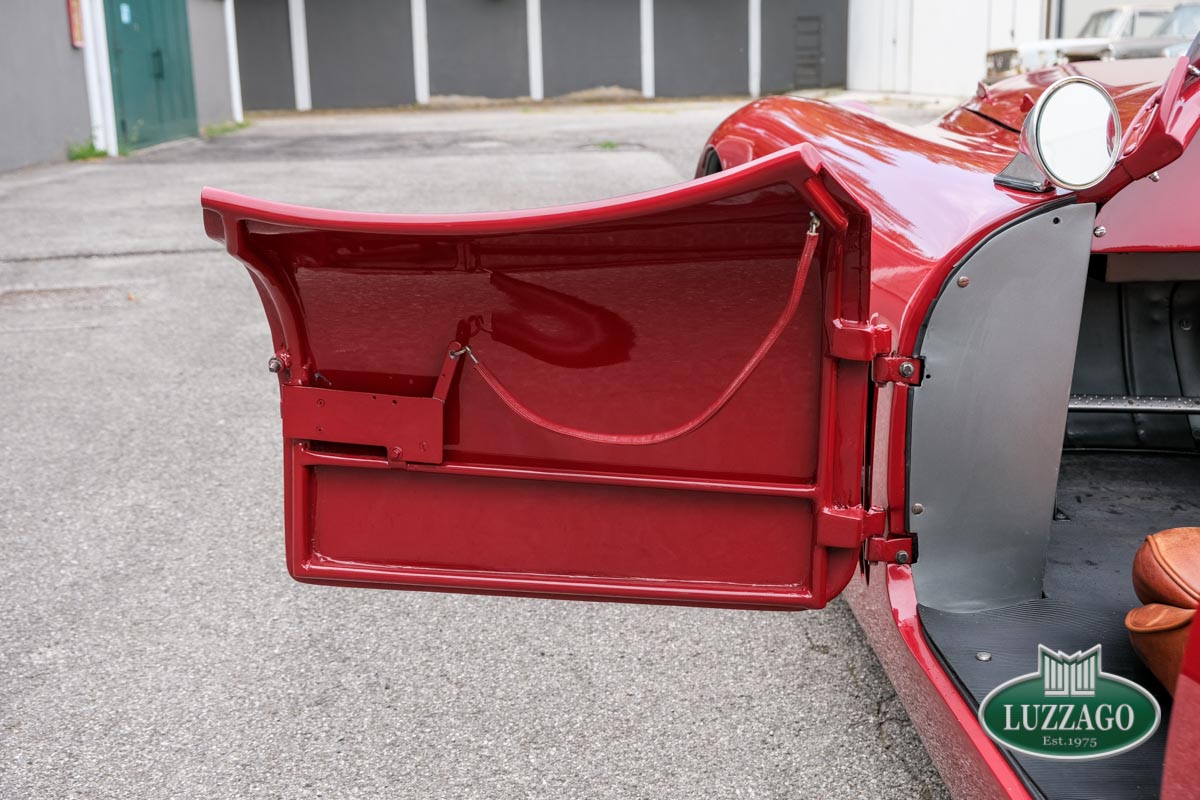
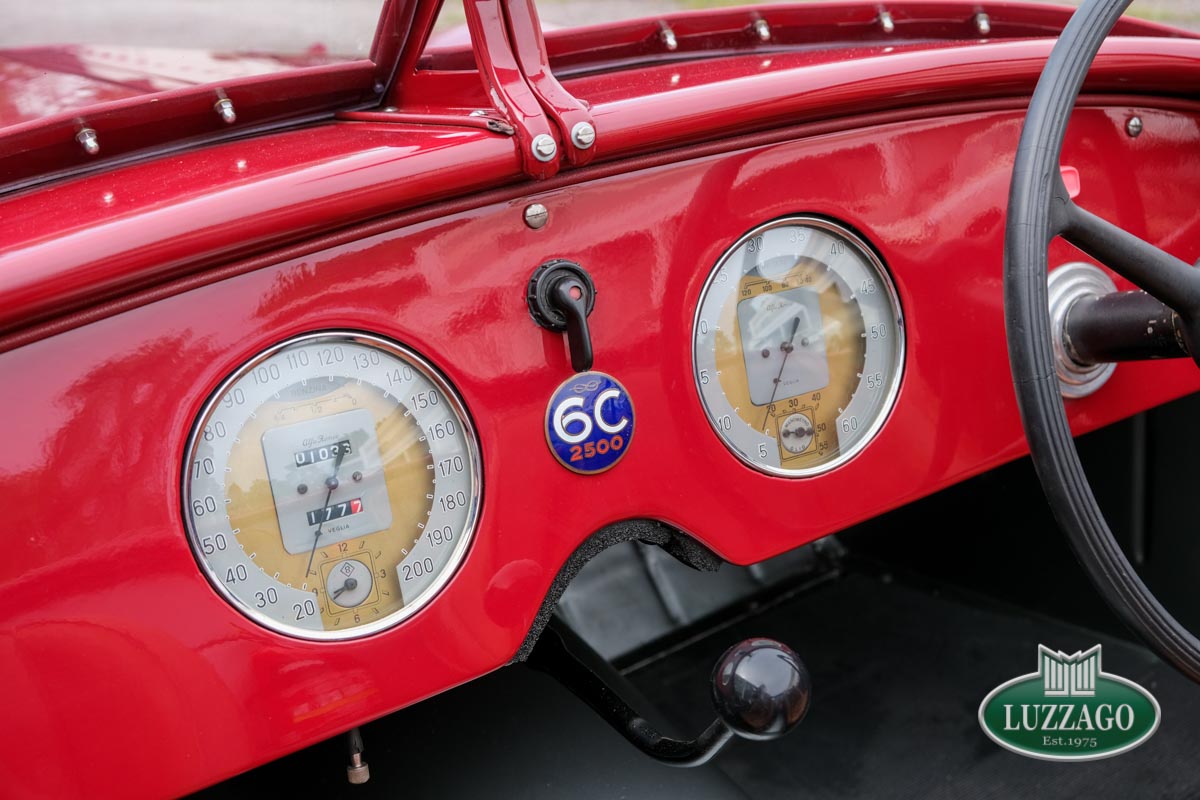
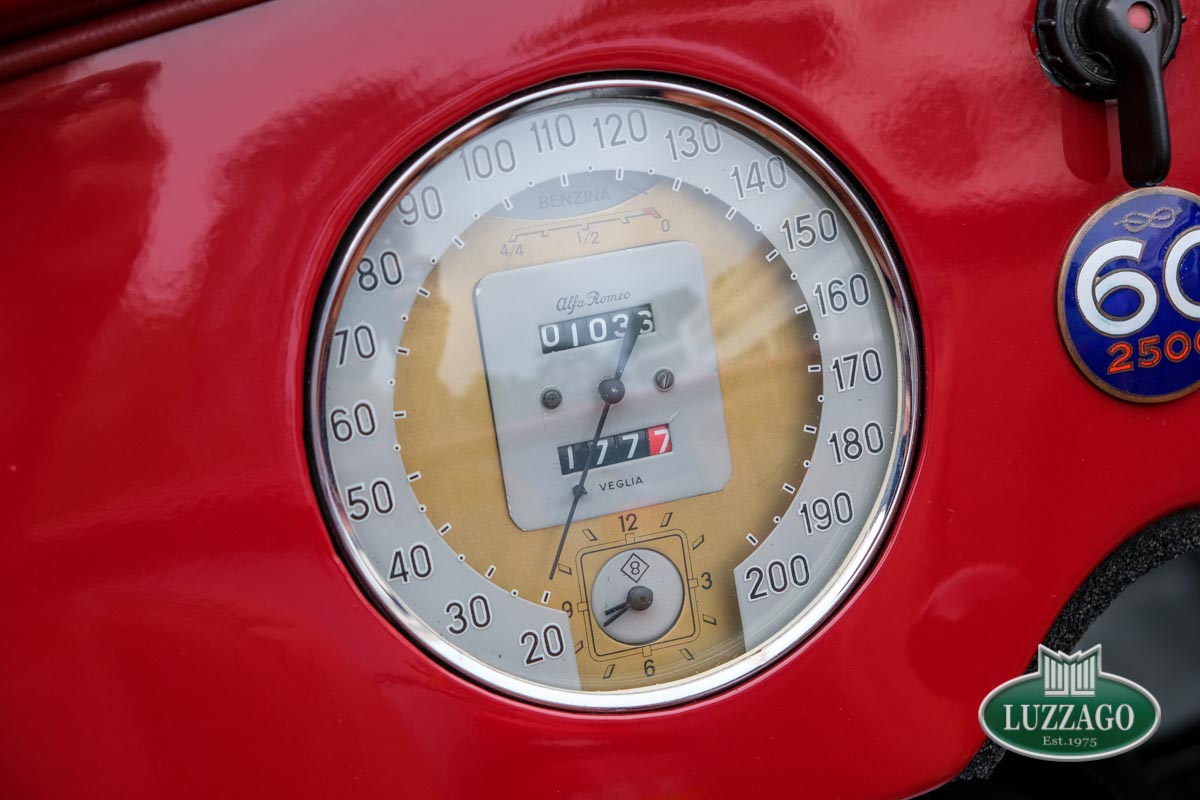
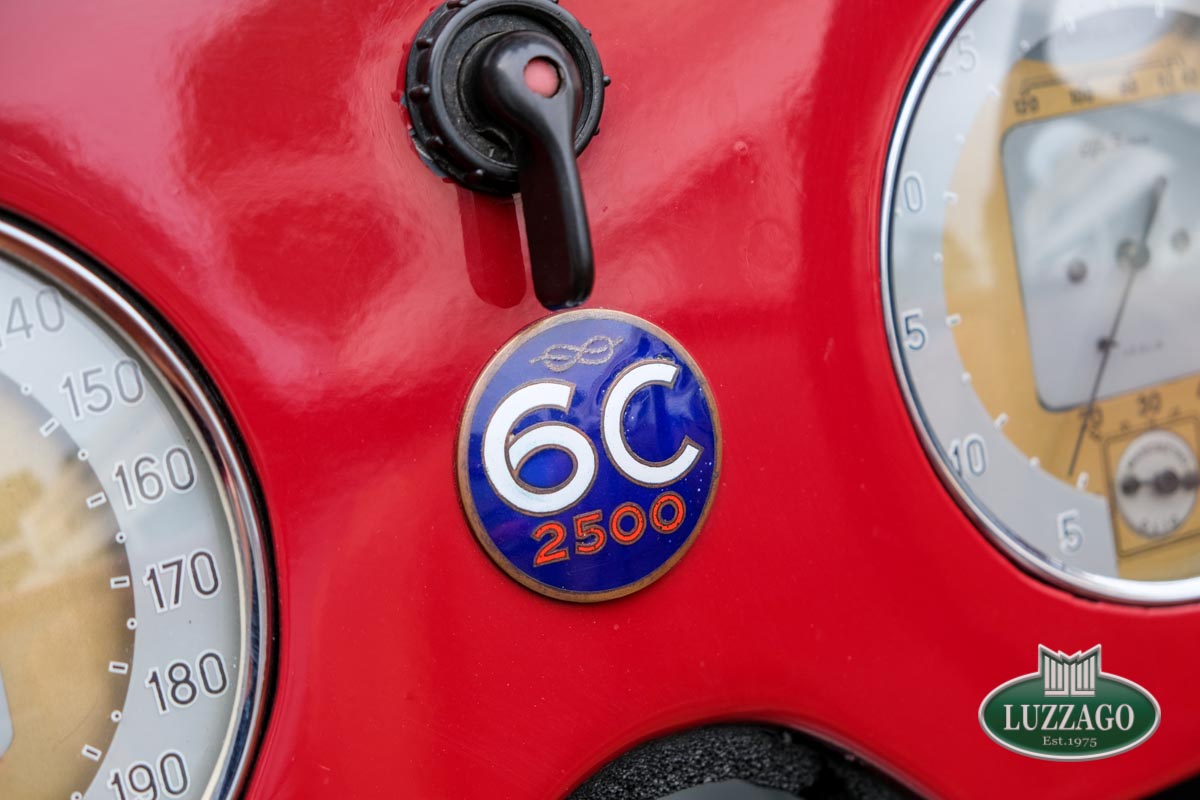
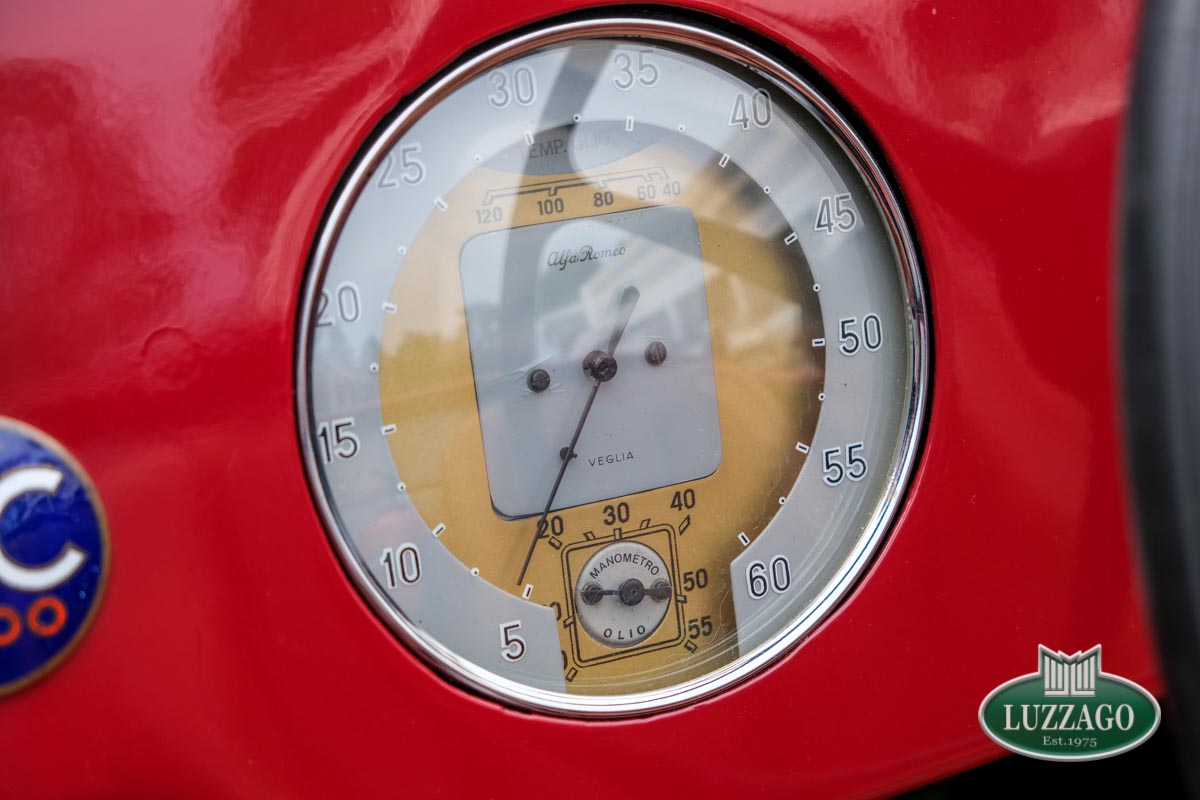
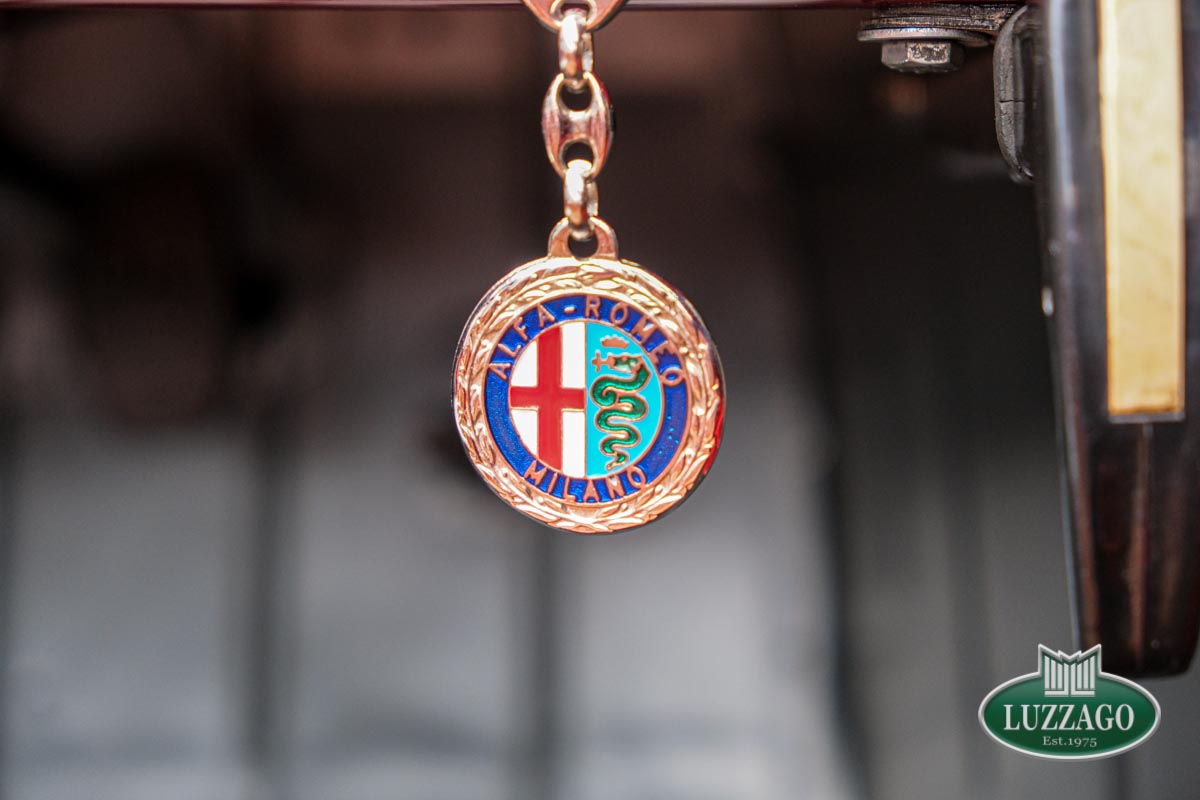
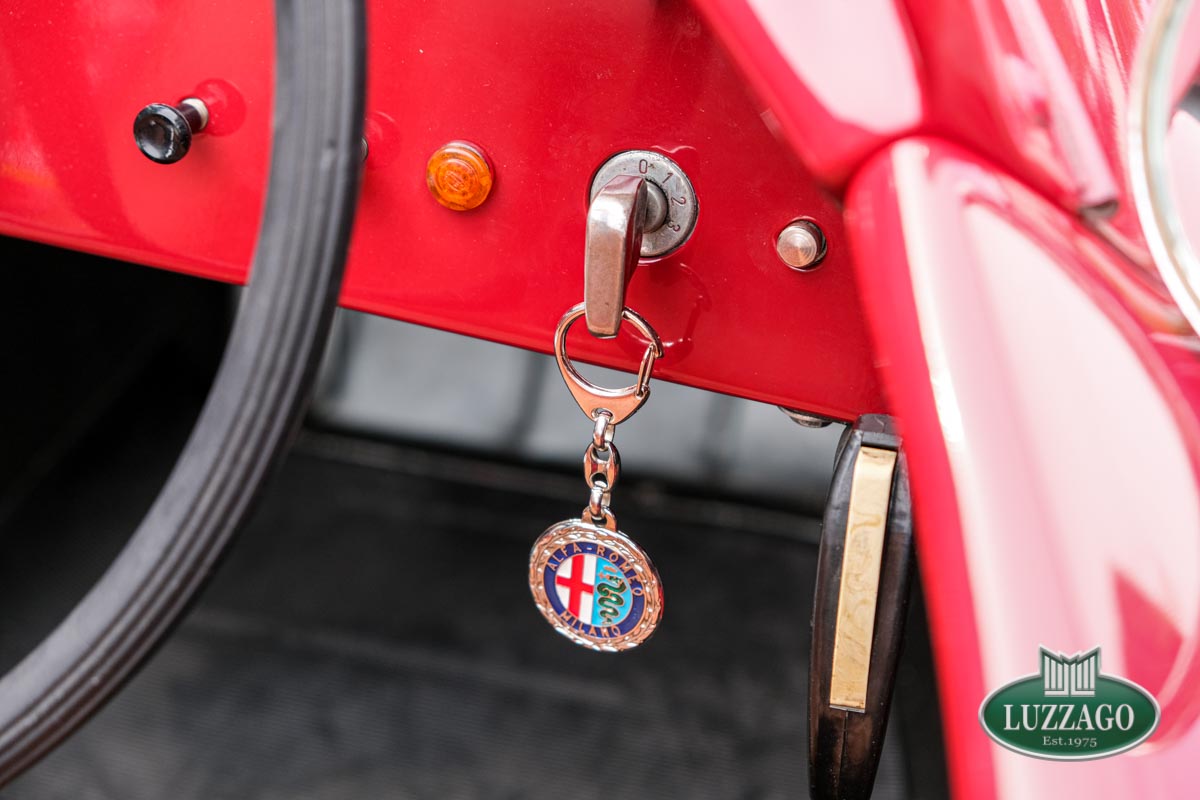
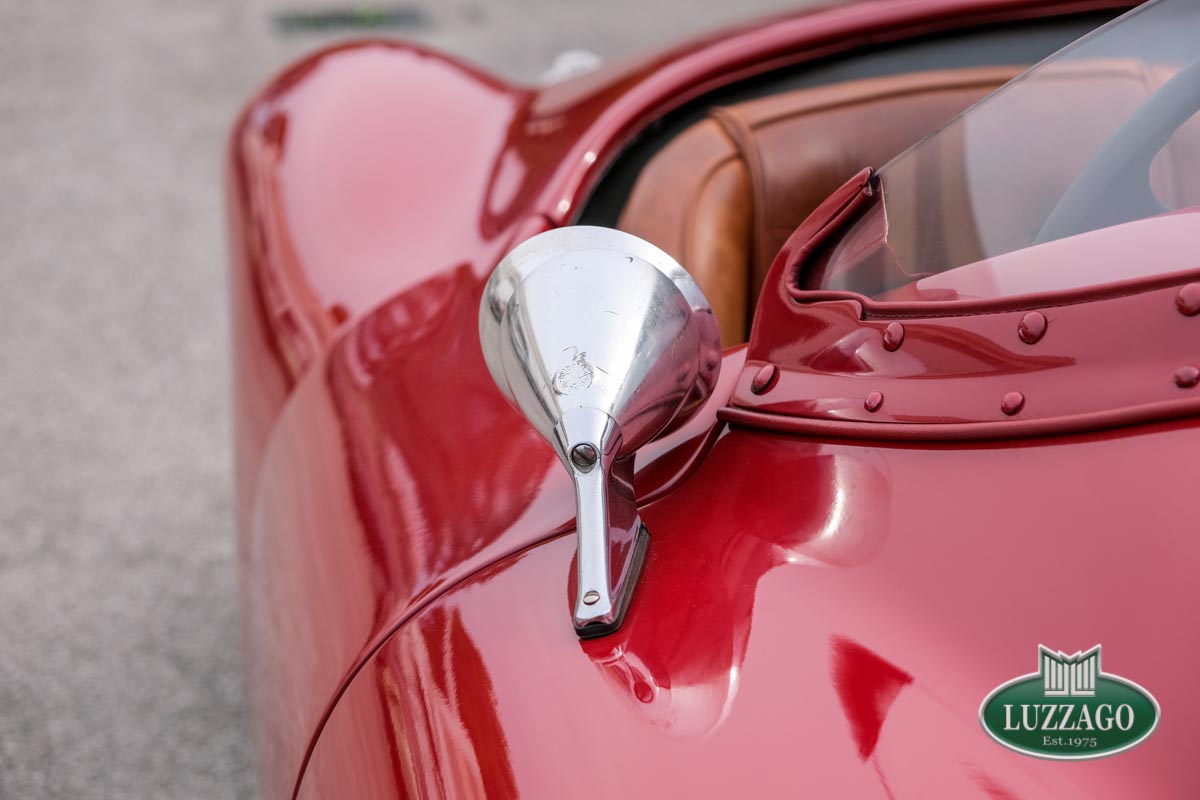
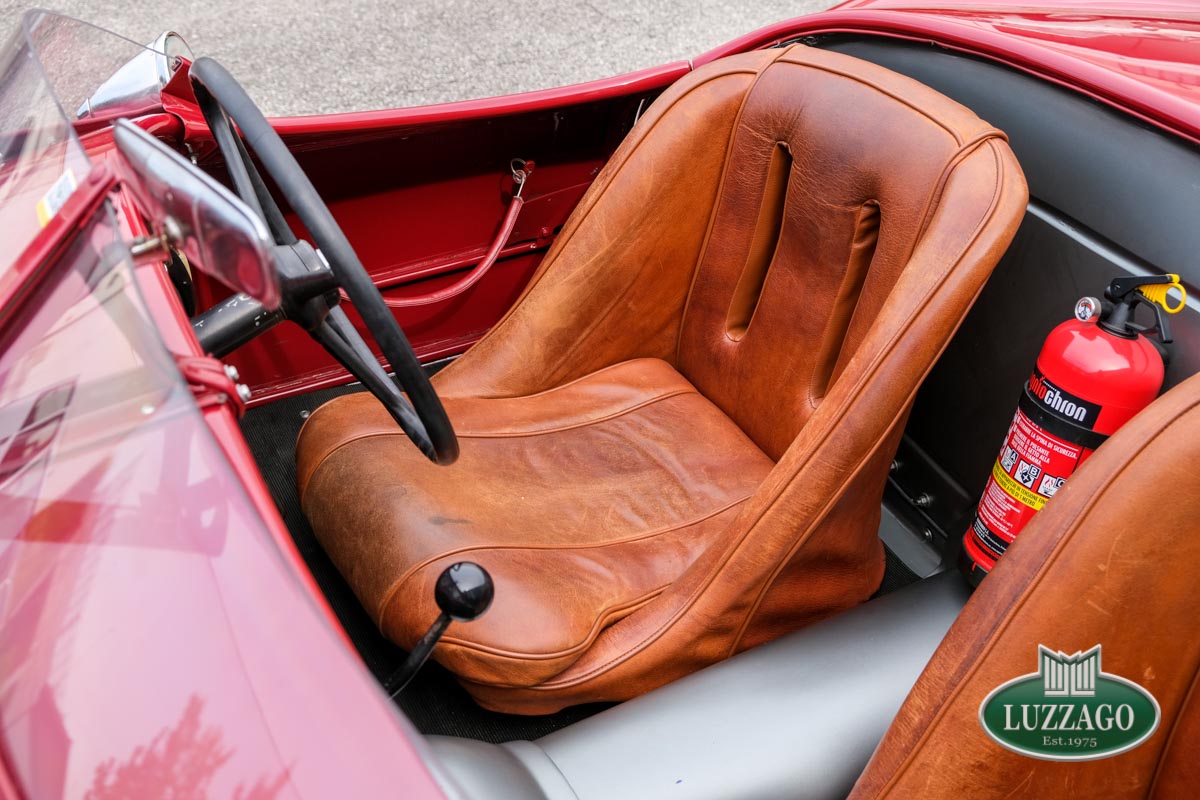
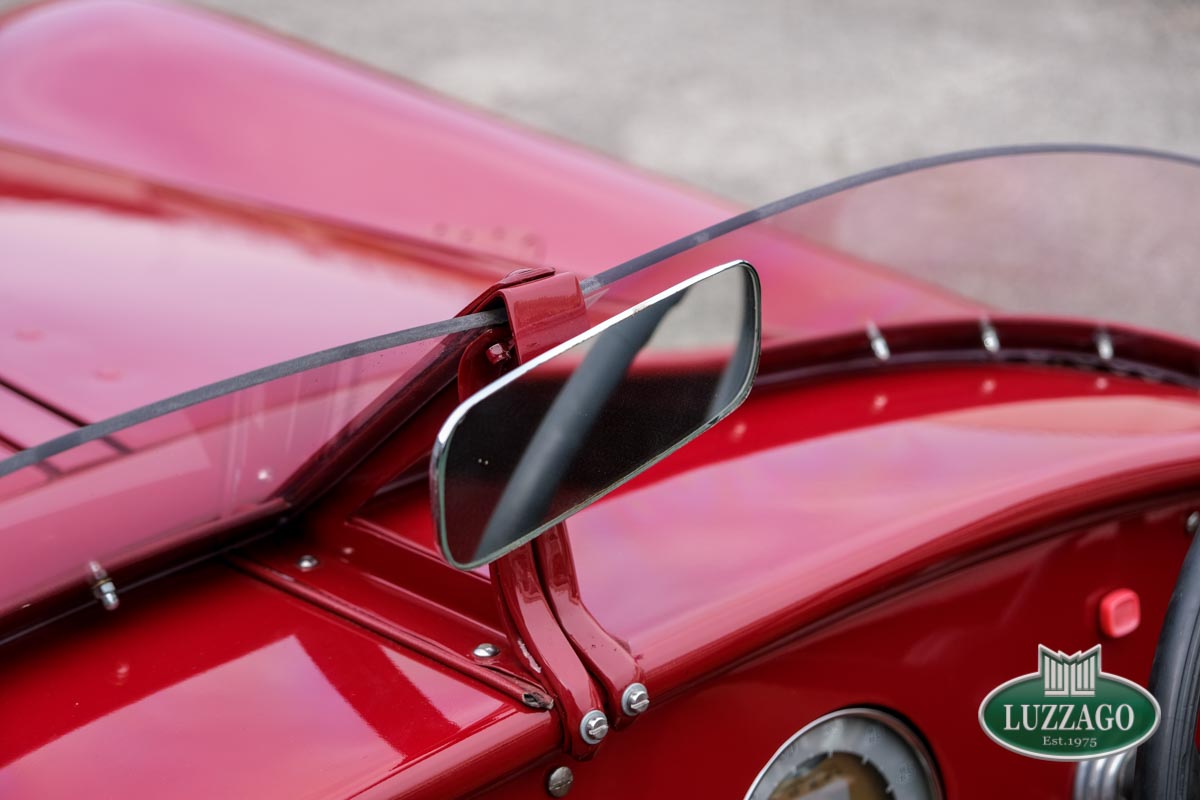
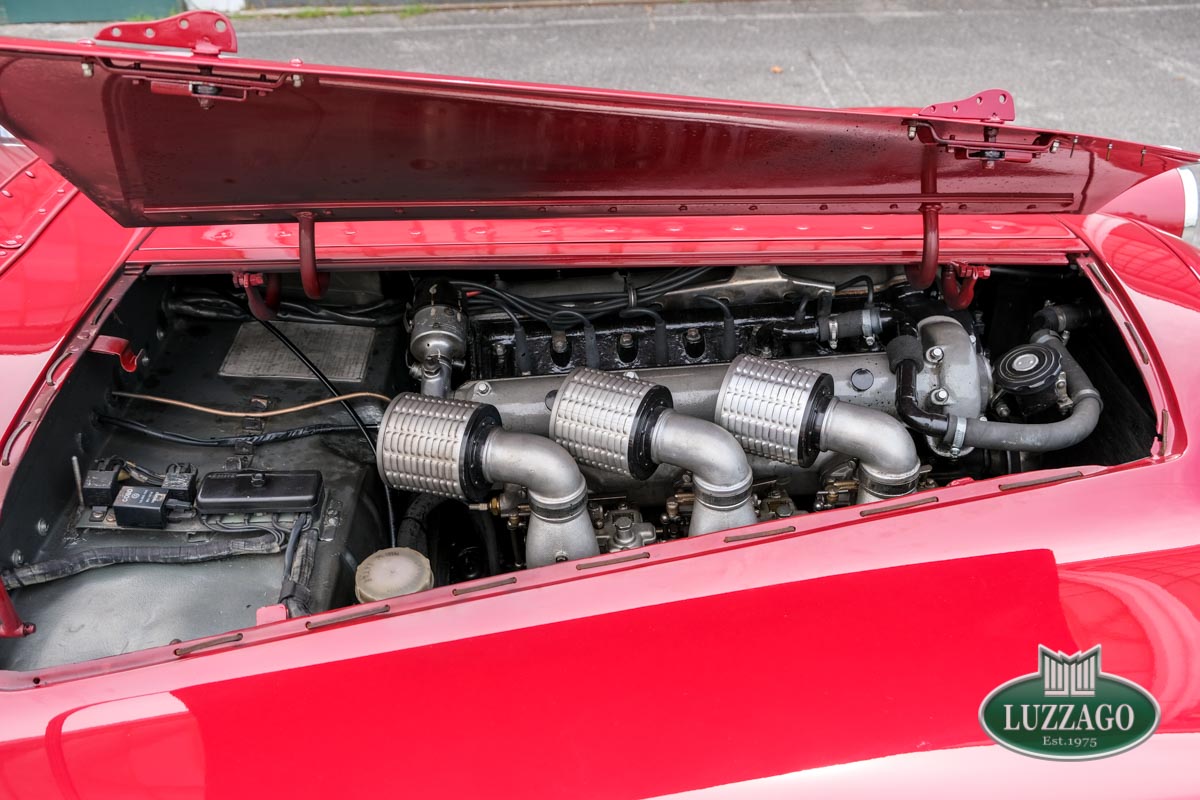
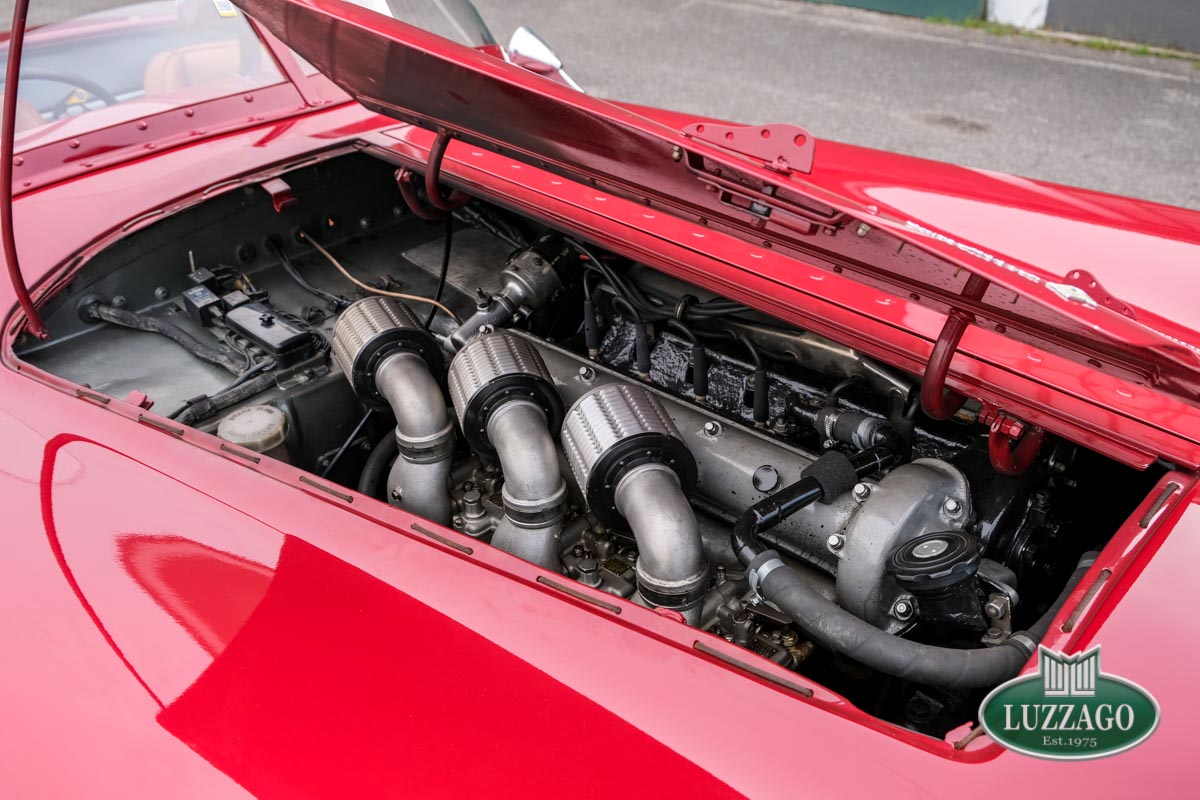
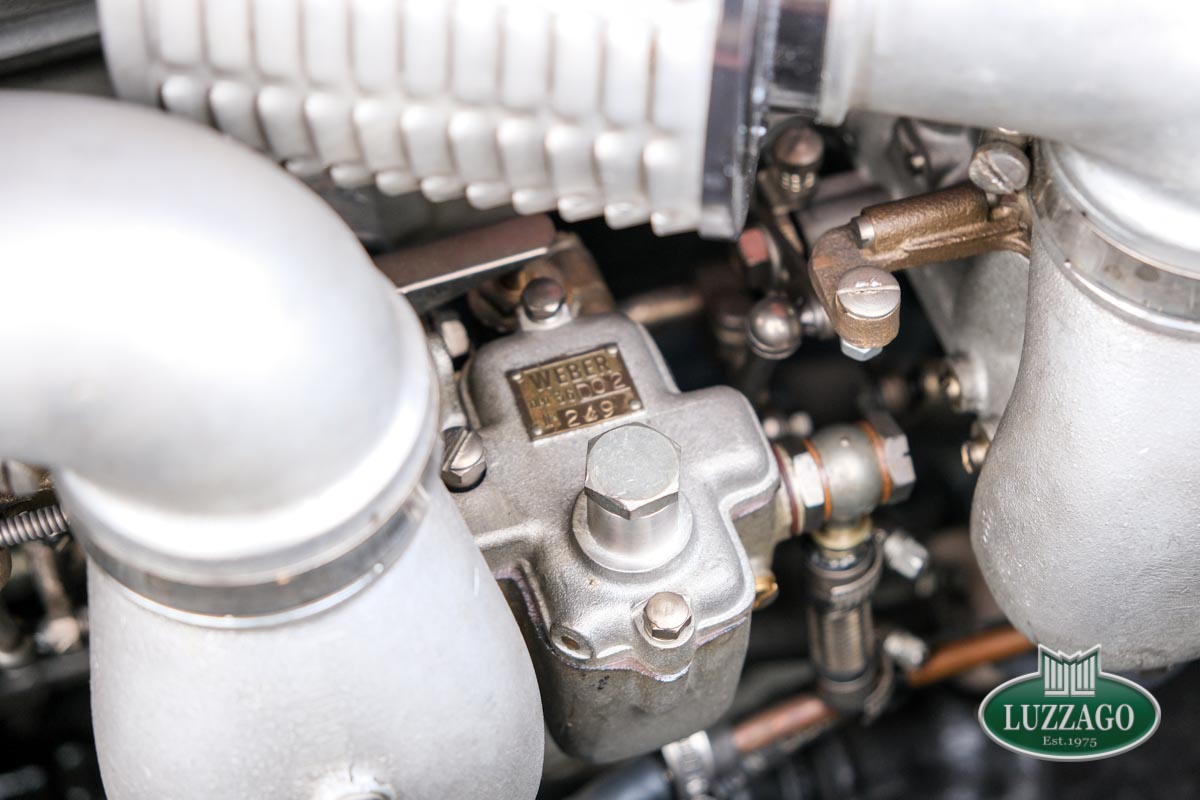
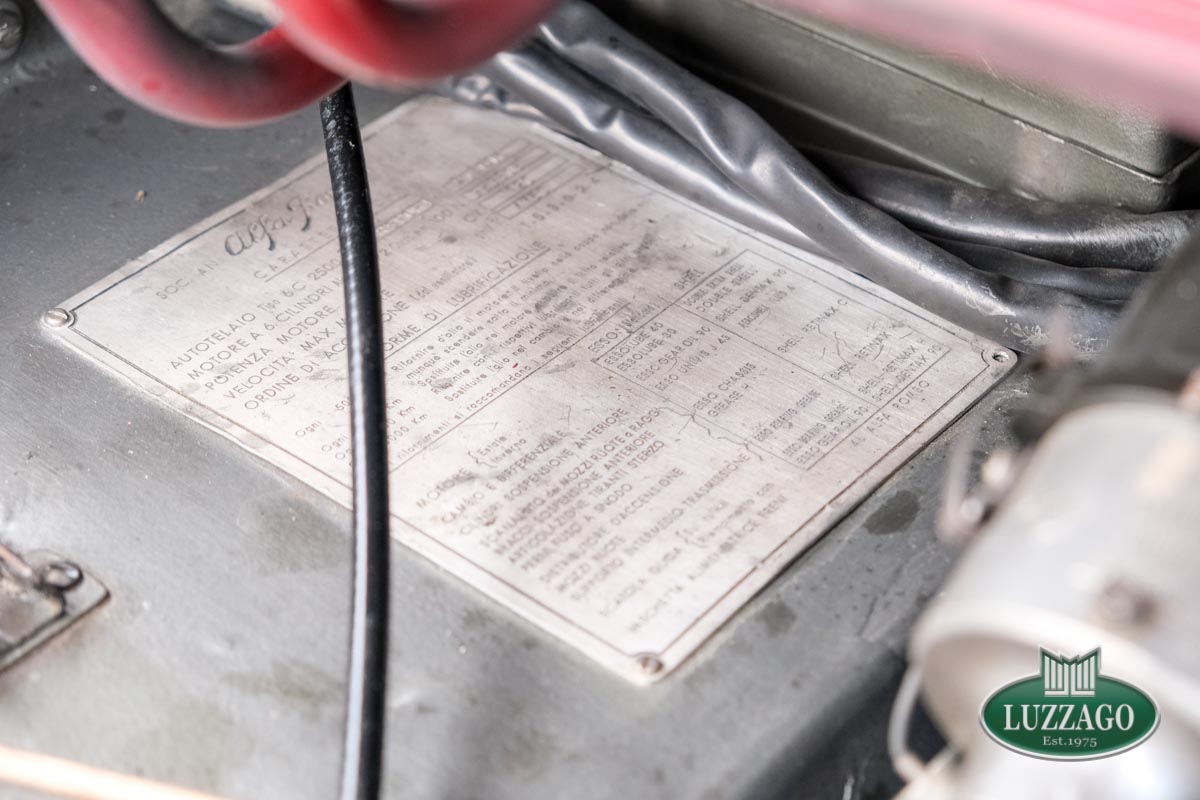
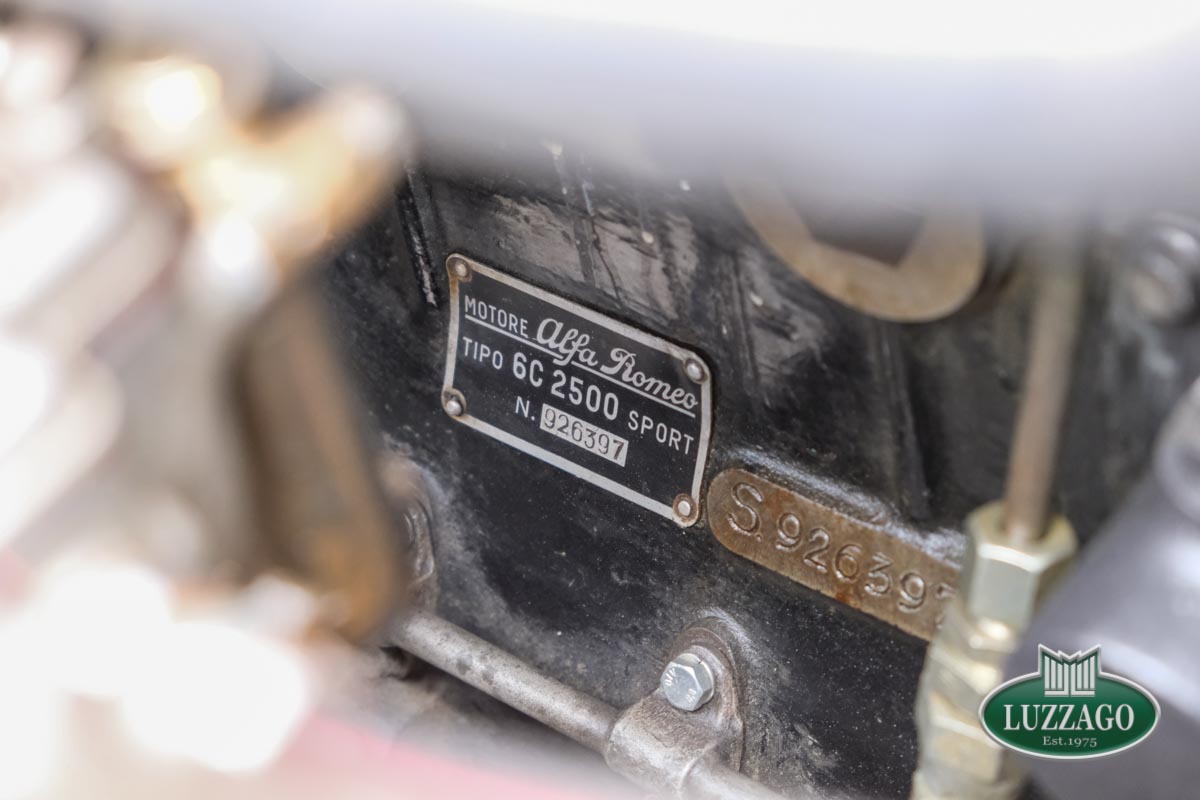
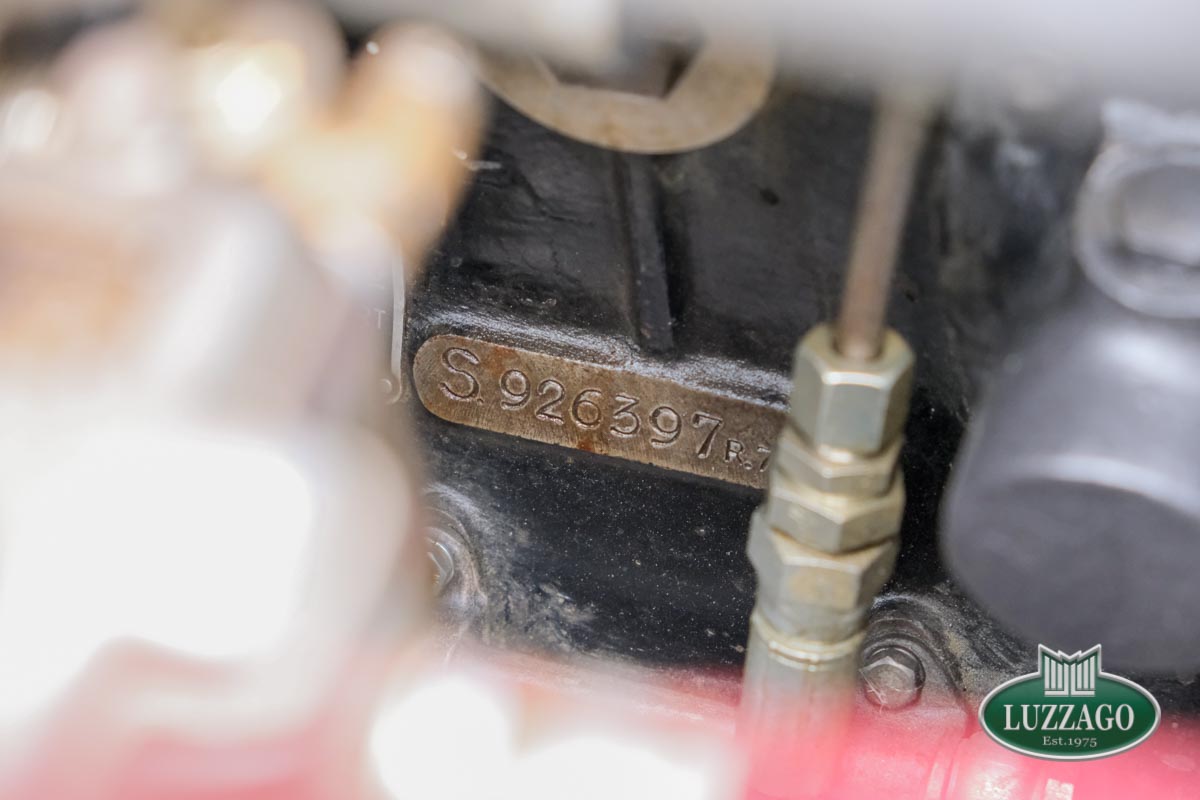
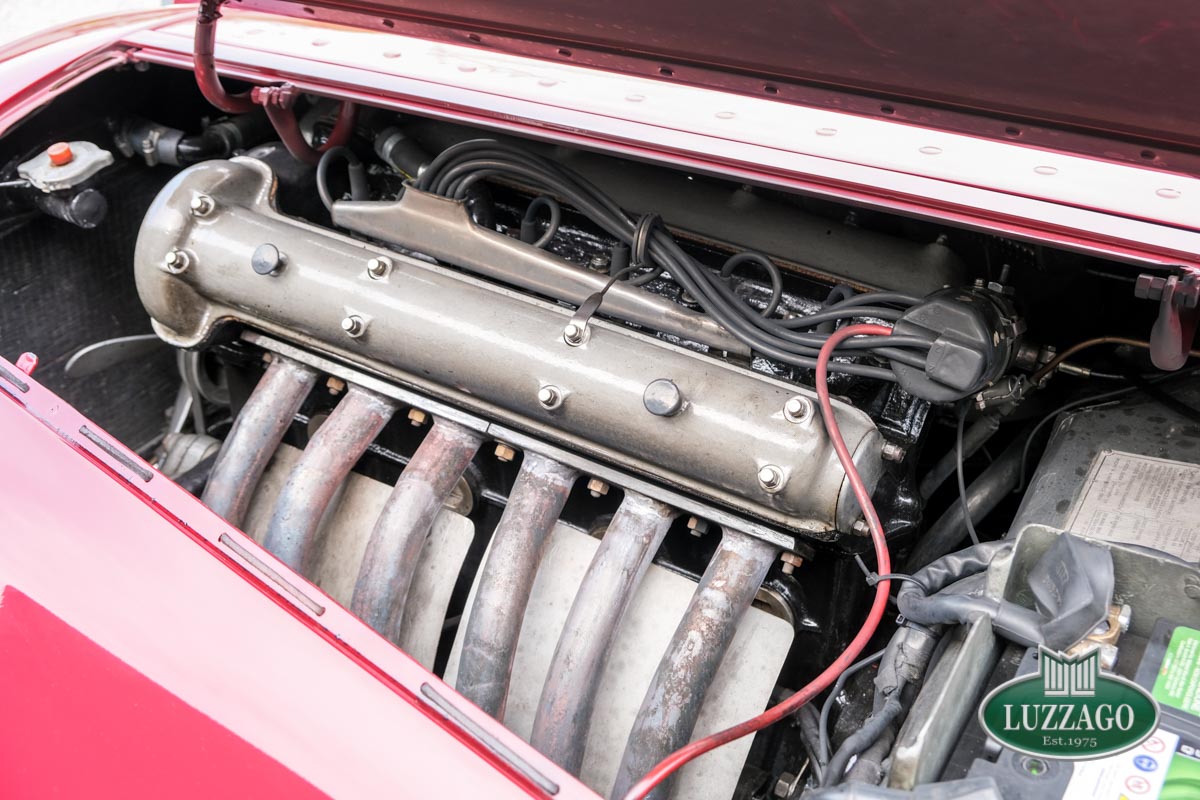
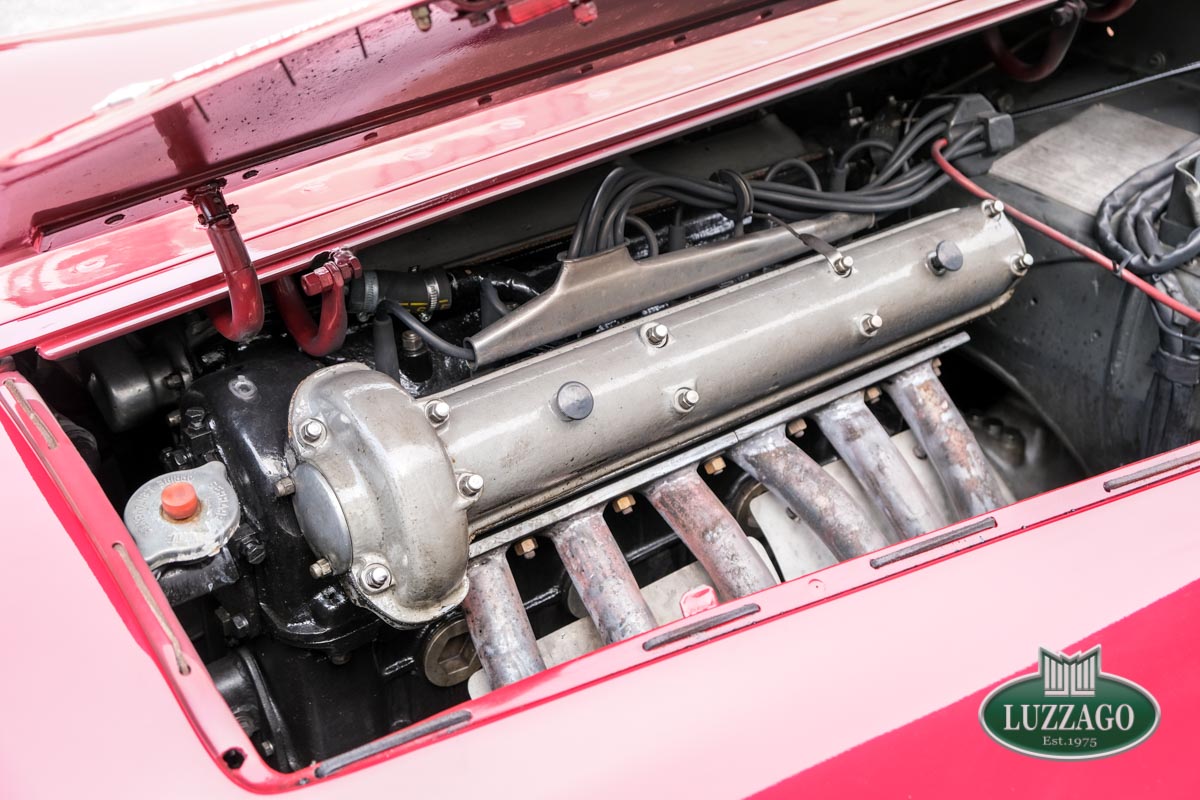
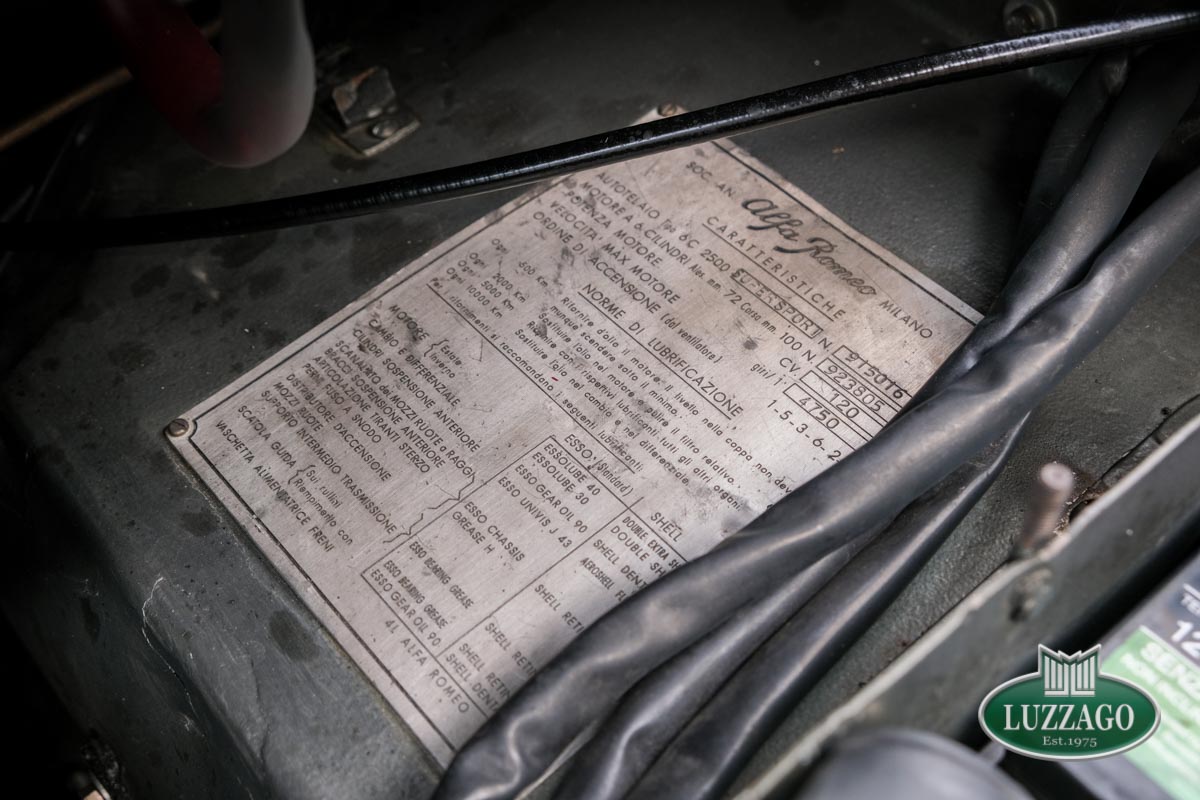
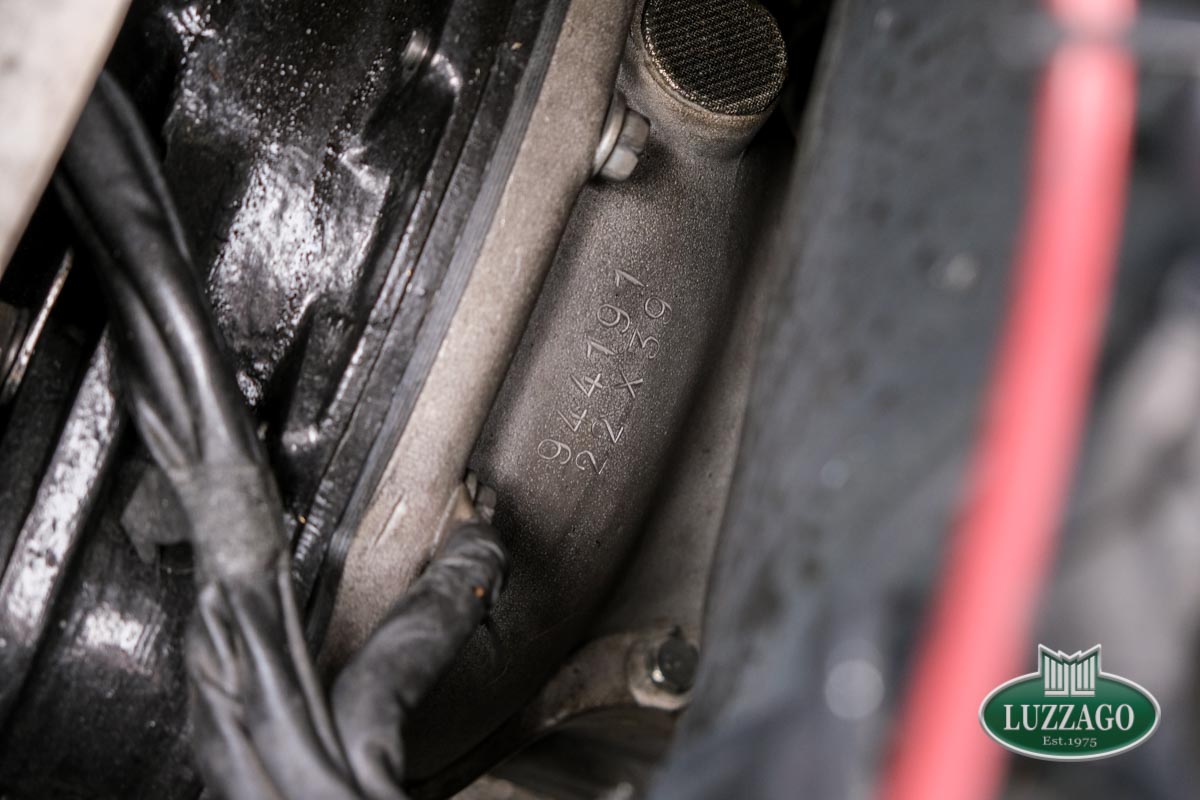
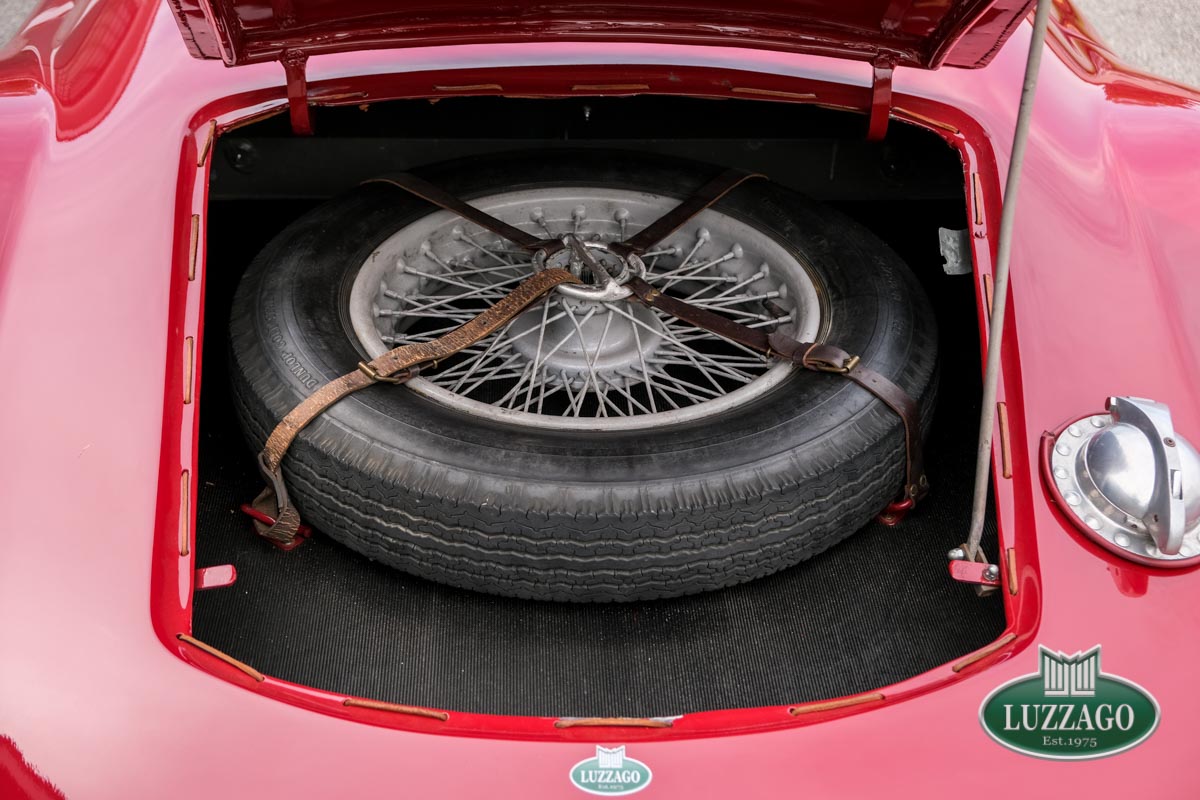
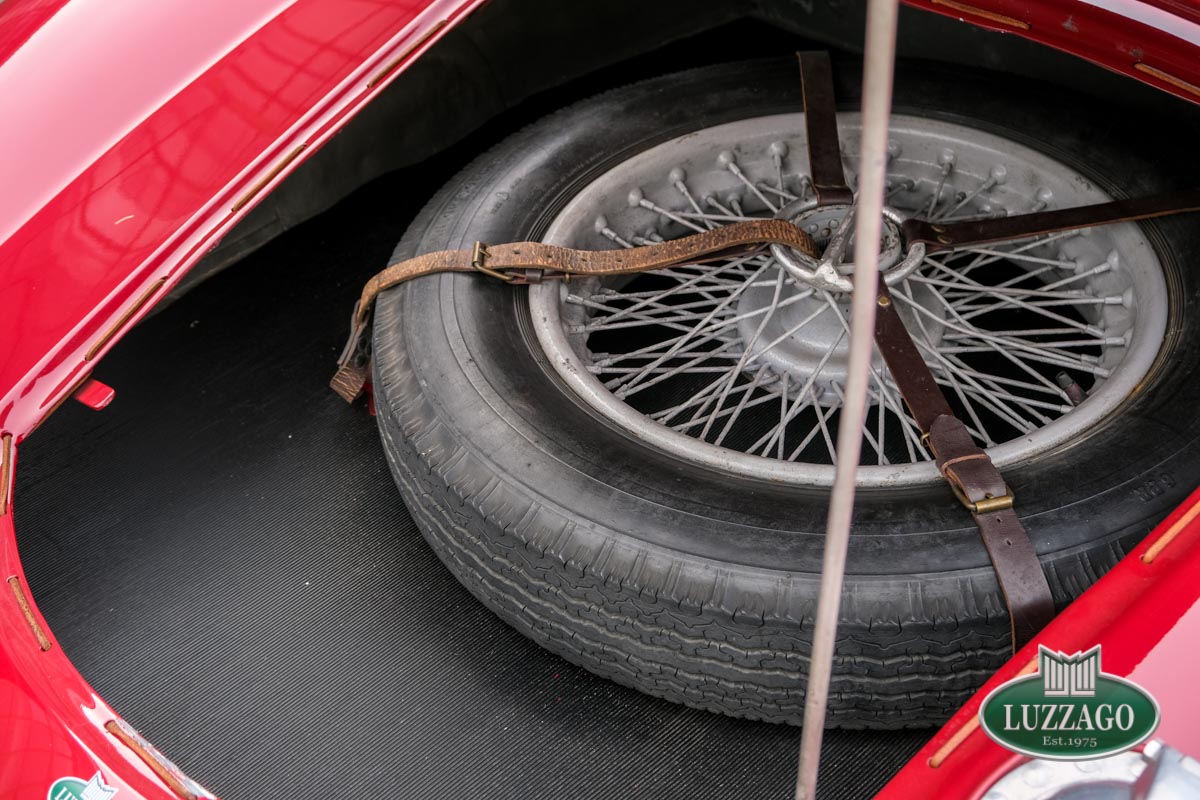
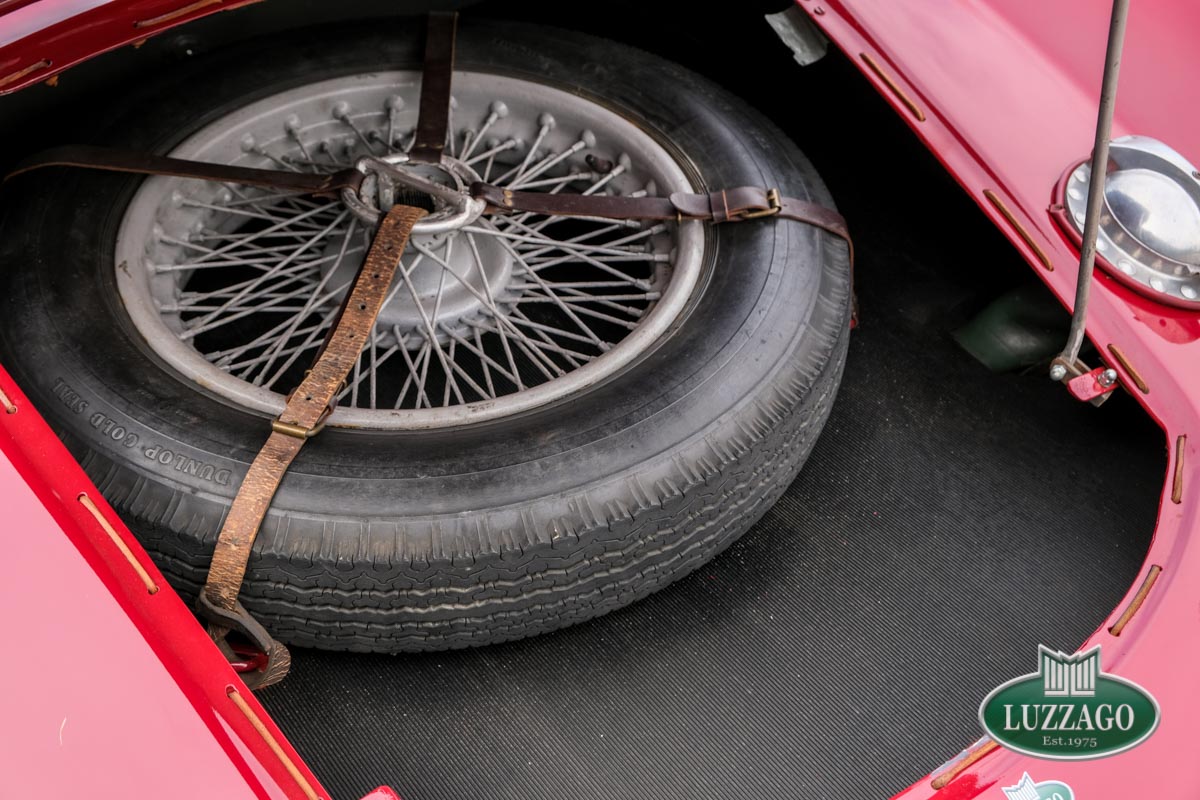
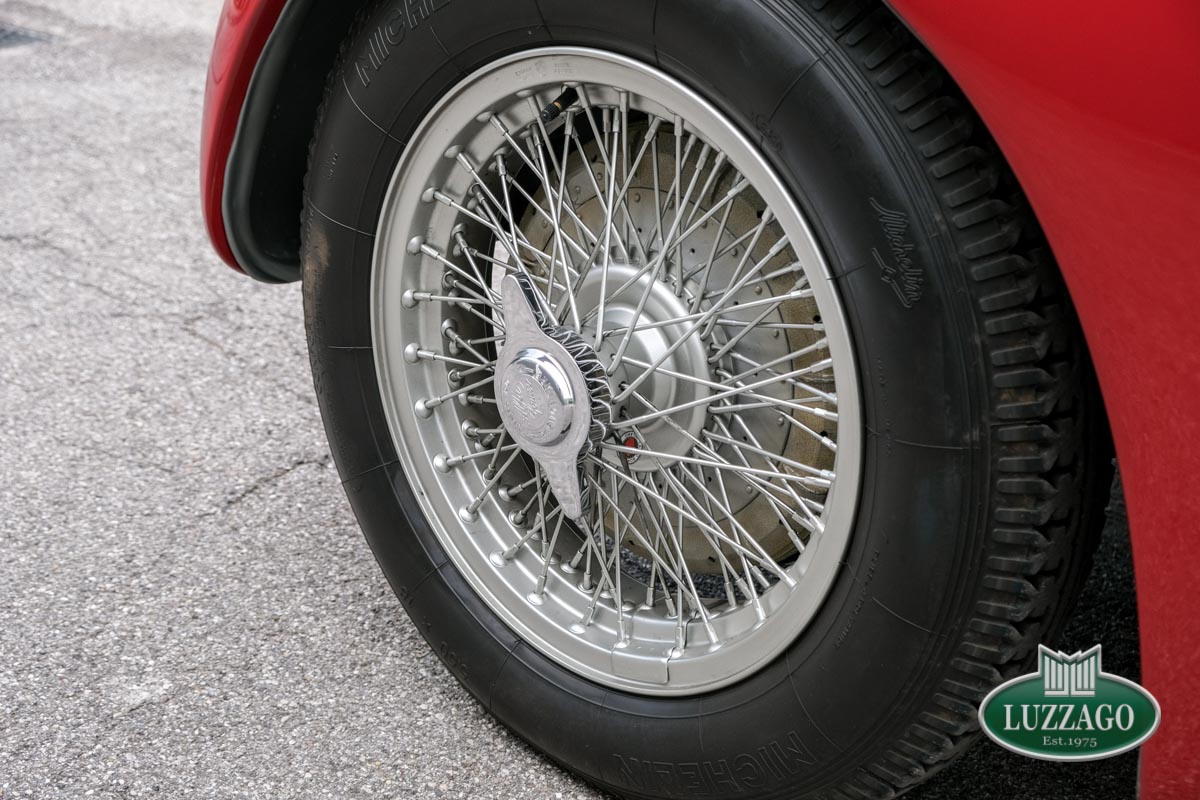
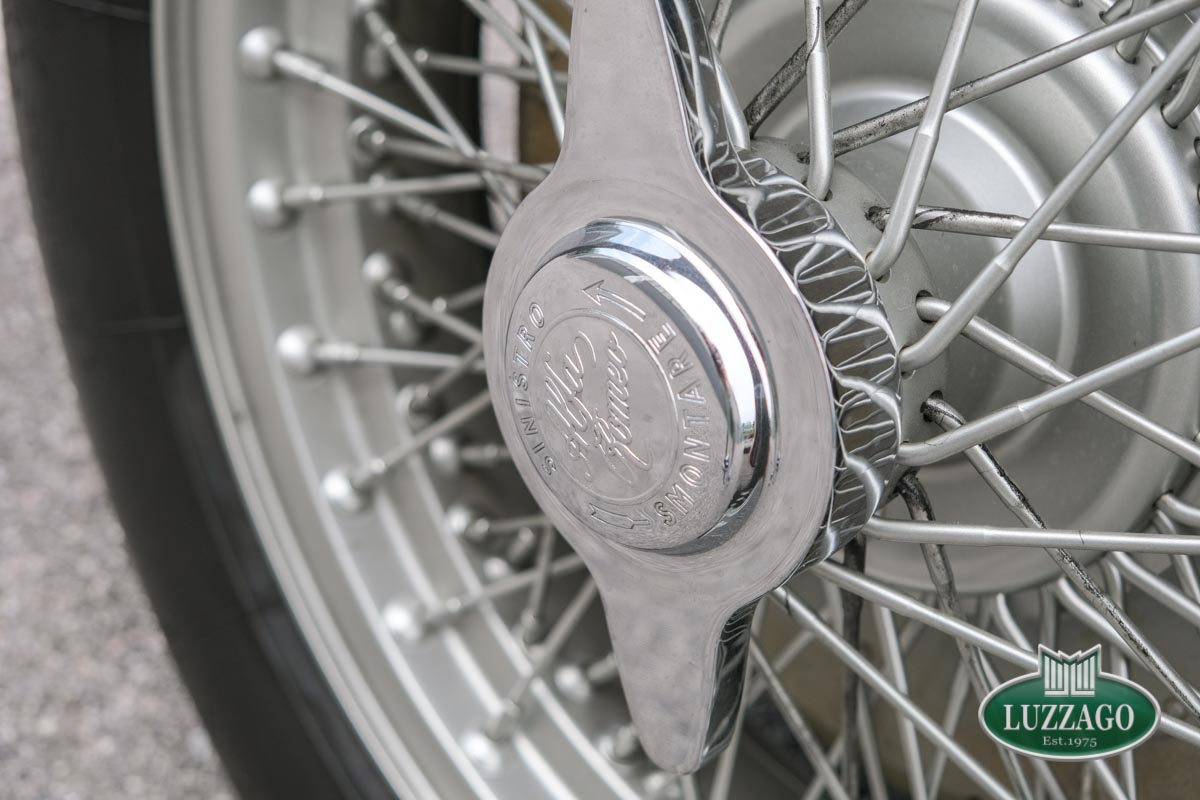
(1).jpg)
.jpg)
(1).jpg)
(1).jpg)
.jpg)
.jpg)
.jpg)
%20.jpg)
.jpg)
.jpg)
.jpg)
